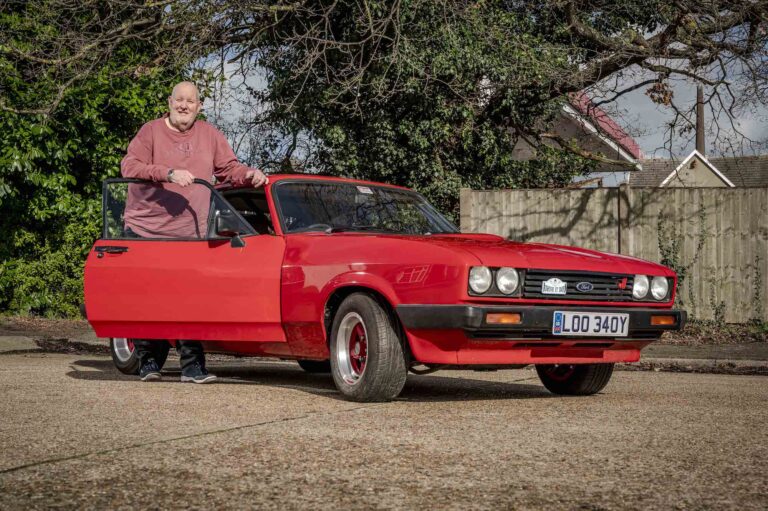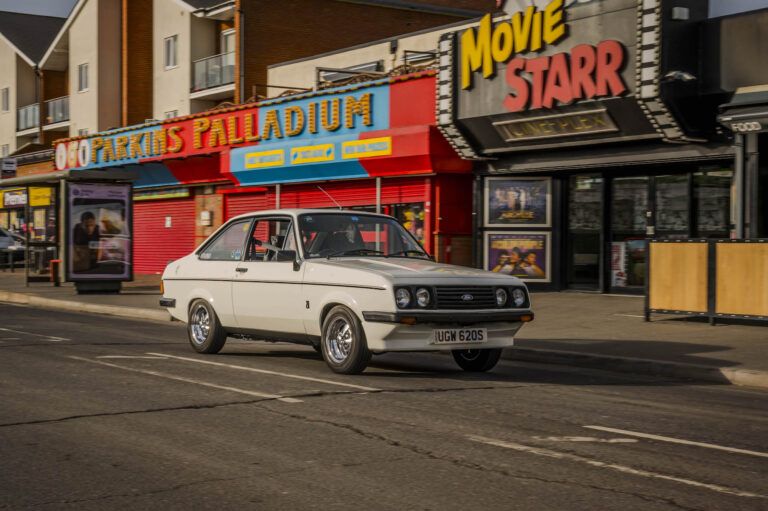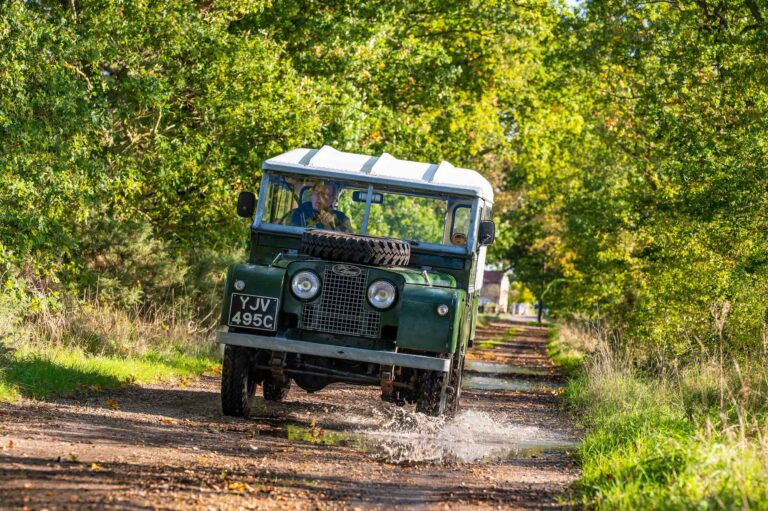To Dave Poole, his 1969 Reliant Scimitar GTE SE5 is more than just a car.
Since he bought it in 1998, it has not only opened up a world of friendships and camaraderie, but it also led directly to meeting his wife Teresa.
The couple were separately attending the annual Reliant Sabre and Scimitar Owners Club (RSSOC) meeting at the Curborough Sprint Course near Lichfield in 2012 (pictured here on the track).
Teresa had been going since 1991, but had recently separated with her Scimitar-owning husband when she bumped into Dave.
“I was doing a display there and I was wearing an RSSOC shirt with my name on it,” he says, “and Teresa very kindly offered to iron my shirt for me, so that was great!
“My mum always said ‘you’ll never meet anyone at a car show, you need to go out nightclubbing’. But I hate nightclubbing, and I was able to say ‘look who I’ve met, I told you so’, and all that.”
The Scimitar served as the couple’s wedding car in 2015, and Dave can’t imagine a life without it.
“I’d never been into a particular make or model of car,” he says. “Normally I buy a car and get bored of it a couple of years later and have another. I didn’t think I’d grow to love one particular marque, but I never get bored of it.
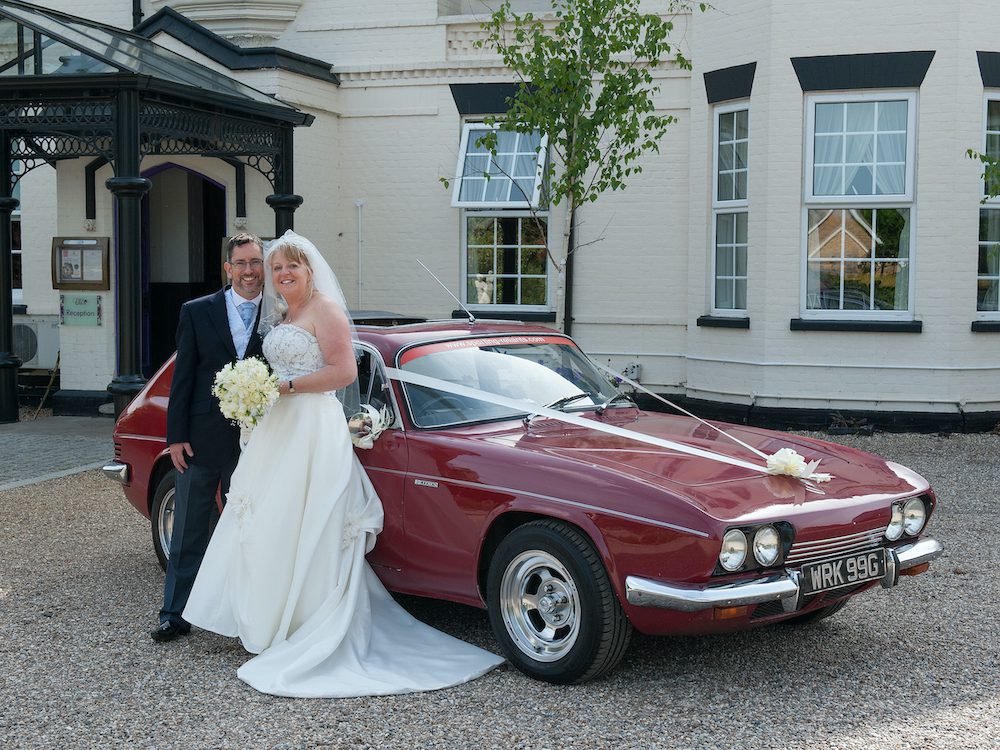
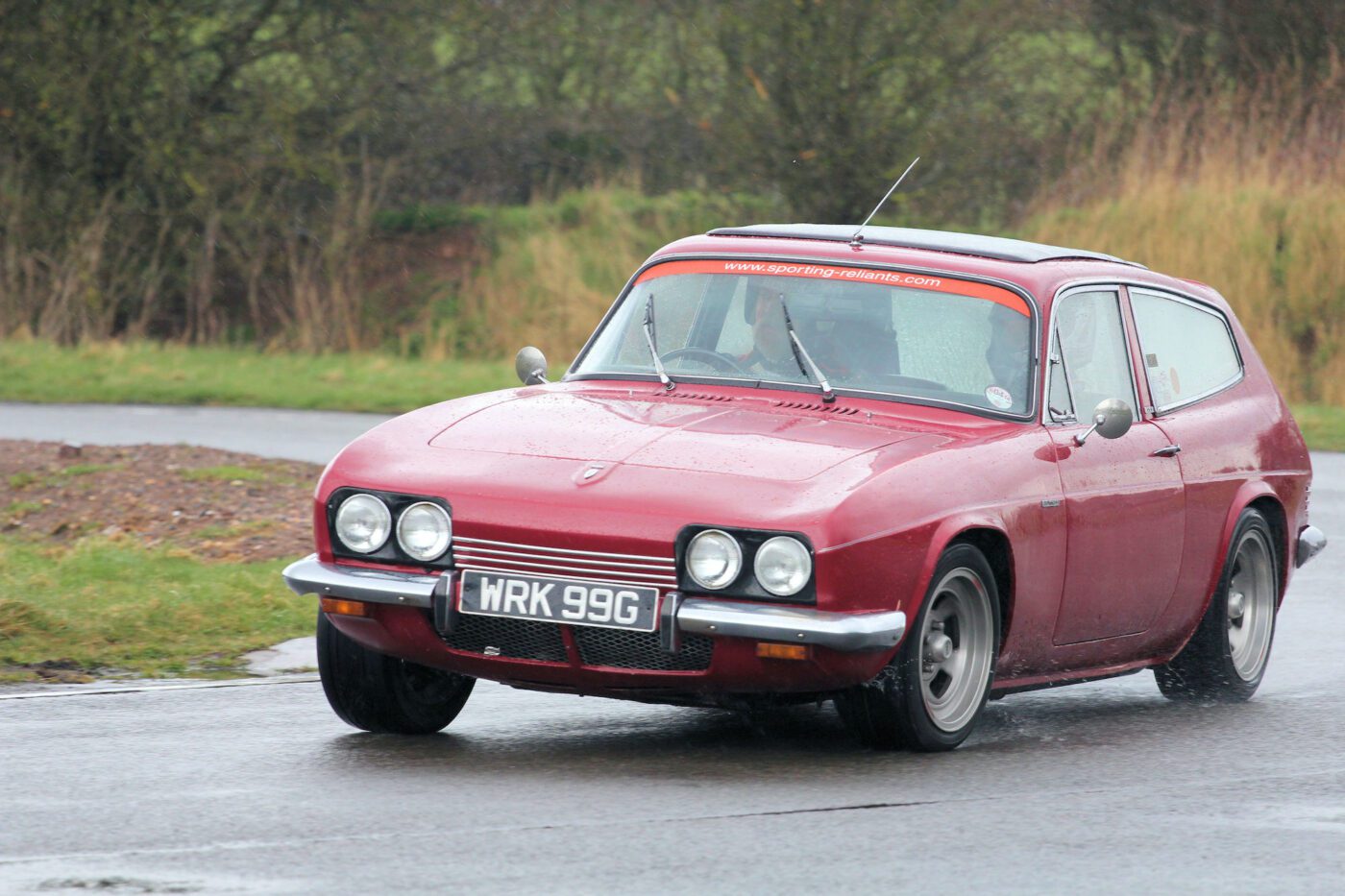
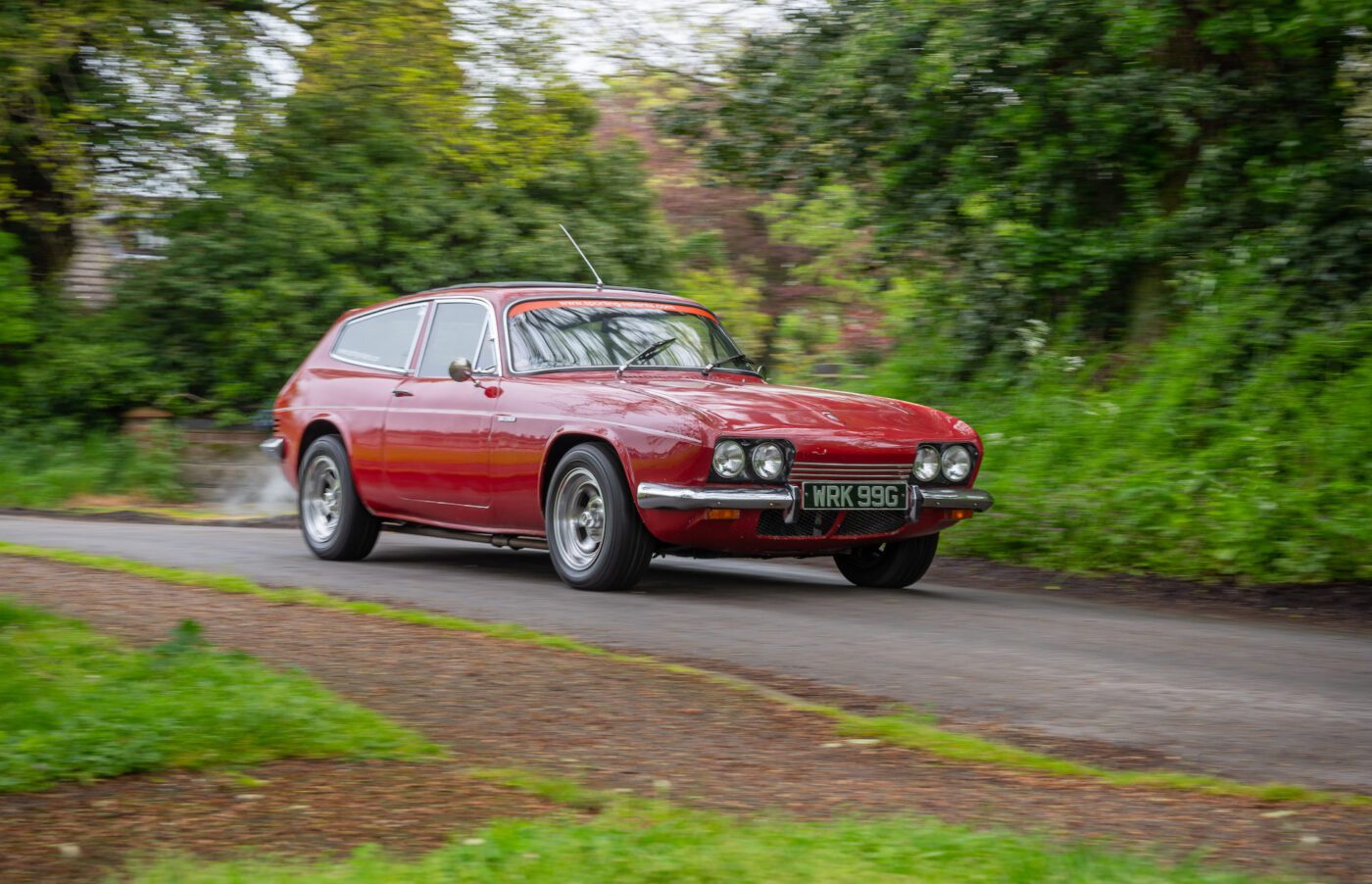
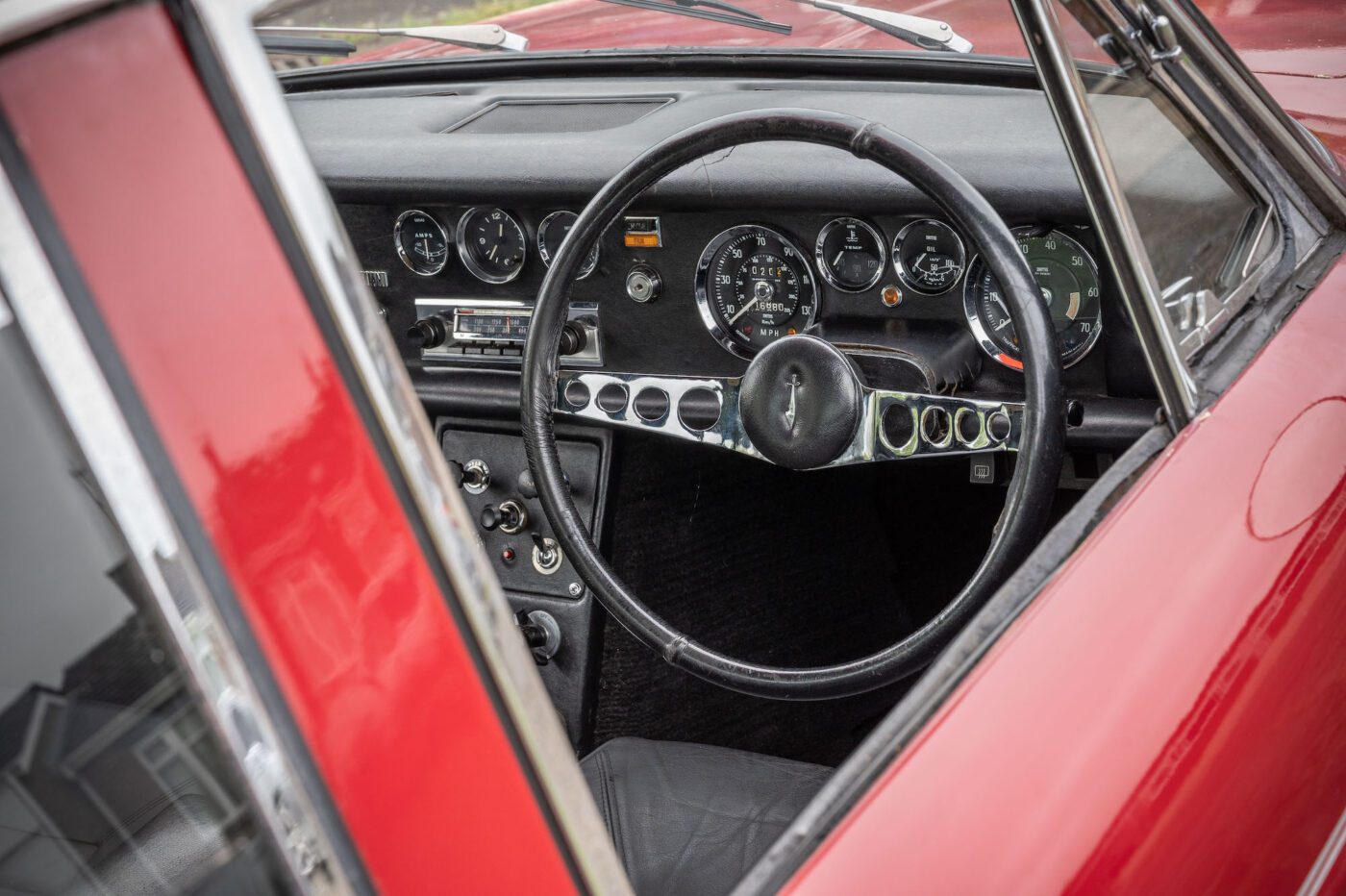
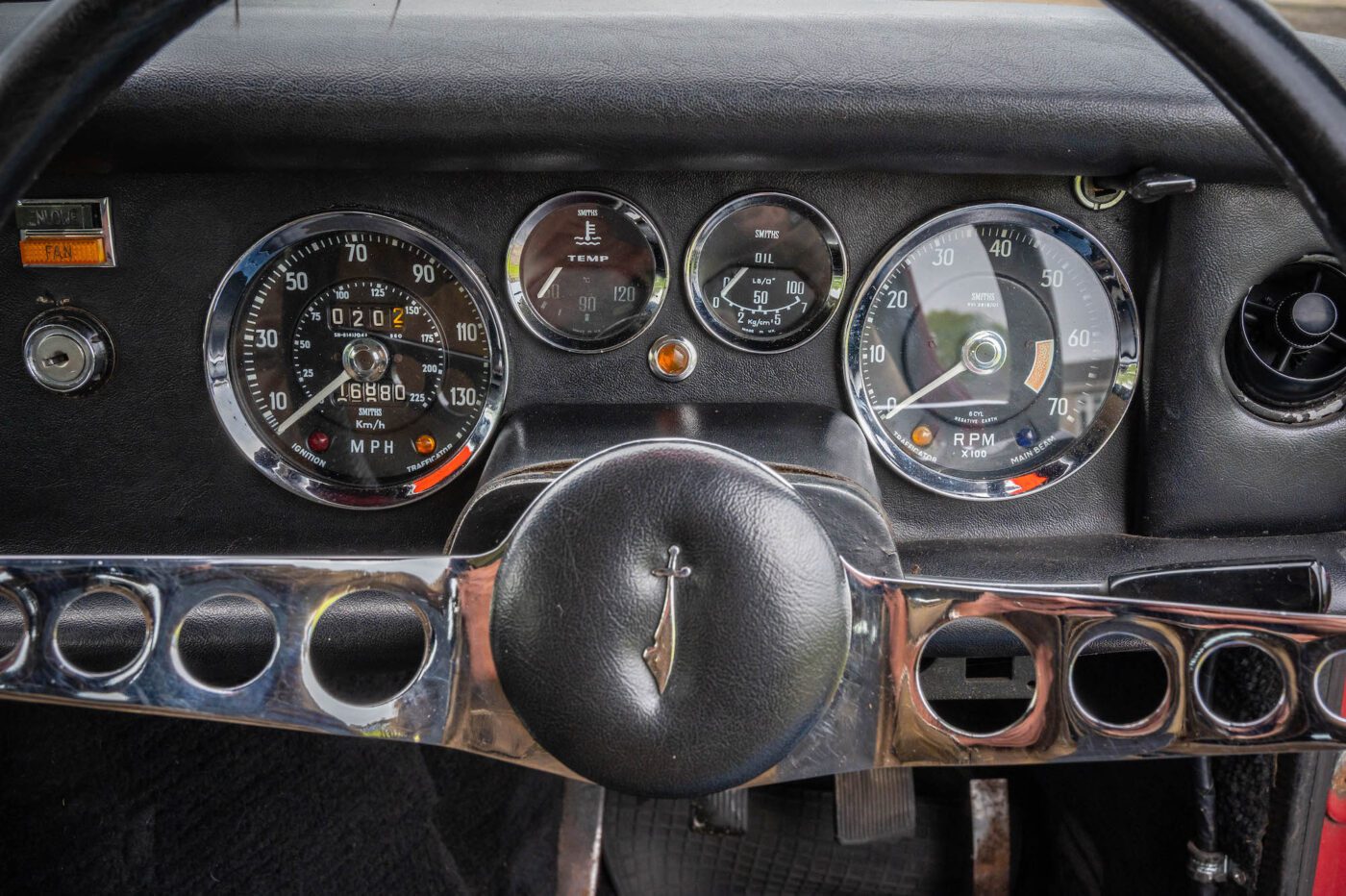
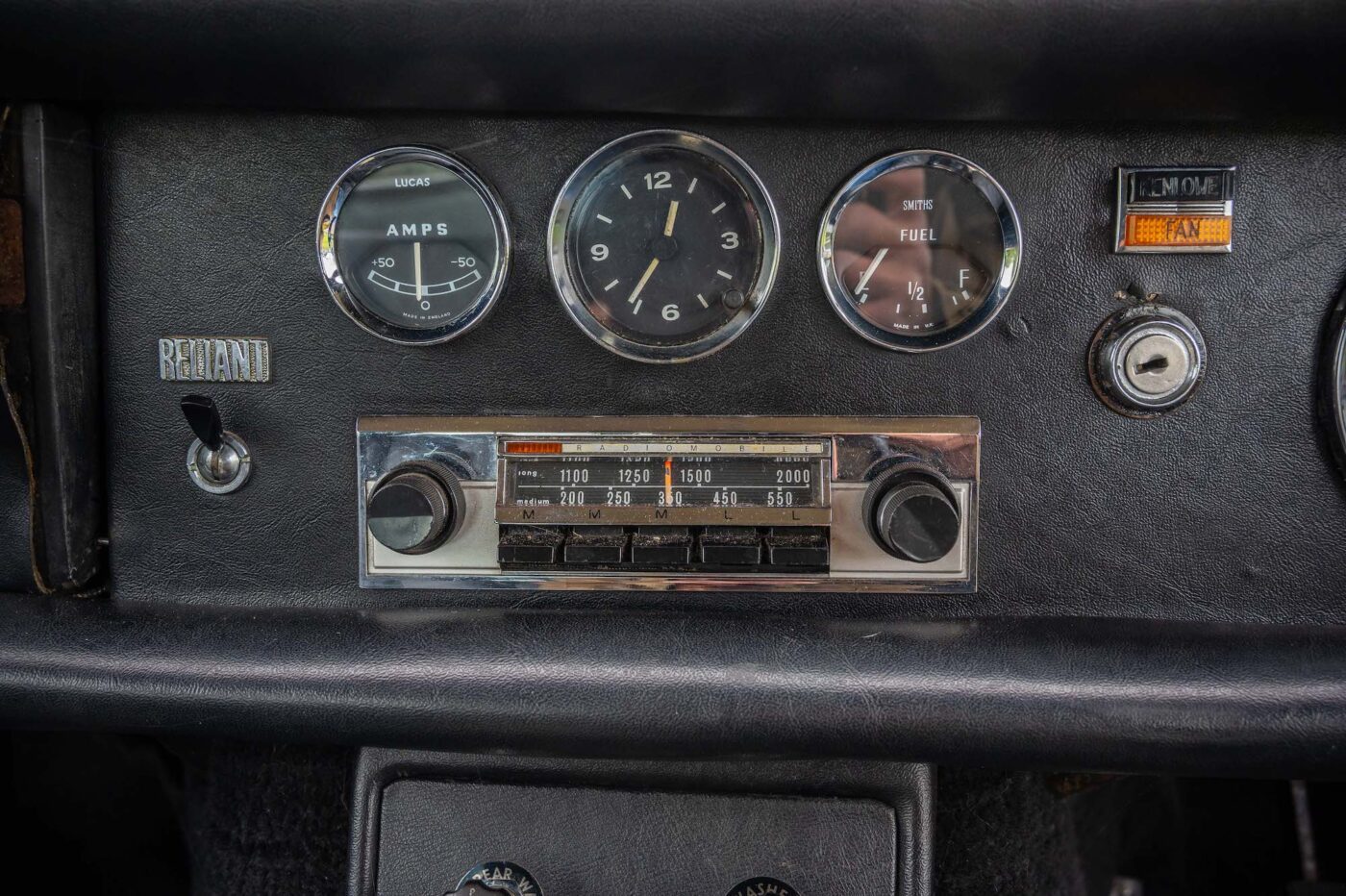
“I can’t see myself ever being without it. We sat at a pub and somebody said ‘would you sell it?’ and the chap’s wife said ‘he’ll never sell it, you can see how much he’s into the car’. A friend of mine then said ‘everything’s got a price’, but I don’t think I ever want to sell it. I still get so much enjoyment out of it – I’m really passionate about the car and the marque.”
As a young man, Dave was very much “Ford mad” – his first car was a Mk1 Escort 1100L that spent almost as much time being welded as driven.
“A friend of mine who used to weld it for me always said ‘the best thing you can do with this is keep chickens in it’, because he was forever welding sills and suspension turrets and all sorts of things,” he says, then buying a Mk1 Fiesta made to look like a Supersport.
“It was quite a cool car – I really enjoyed that, but it needed more work than I could do on it in the end, and got to the stage where it needed more welding.”
A Ford Orion 1.6 followed before he got a company van and started thinking of getting a classic car.
READ MORE ABOUT SOME OF OUR GREATEST CLASSIC CARS WITH

A series of articles on our Cult Classics site.
“Dad was always into classic cars, and I wanted something different and that’s when I started looking out for a classic,” he says. “To start with I had a Fiat X1/9, which was a project car.
“I loved it, but it turned out to be too much of a project car. It didn’t look too bad, but then you started digging and things started falling to pieces, a real dustpan and brush case underneath.
“We did a lot of work on that, but the engine also packed up, so that was a shame – not a great introduction to classic car ownership for me.”
Then a work colleague who usually drove old TVRs turned up one day in his father’s Scimitar.
“I didn’t know much about them, so I went out and had a chat with him, and he was quite enthusiastic about it,” says Dave, 53, “so I started looking for one.”
At the time, he needed a car he could use as a daily driver so, after swerving a few that needed work, he found one advertised in Stoke Bliss, Worcestershire described as “a good, honest car, reliable and so on and so forth”.
“He had used it as his main tow car for his race car and was looking to pass it on, and I thought ‘that sounds interesting’,” says Dave, who had always fancied a caravan.
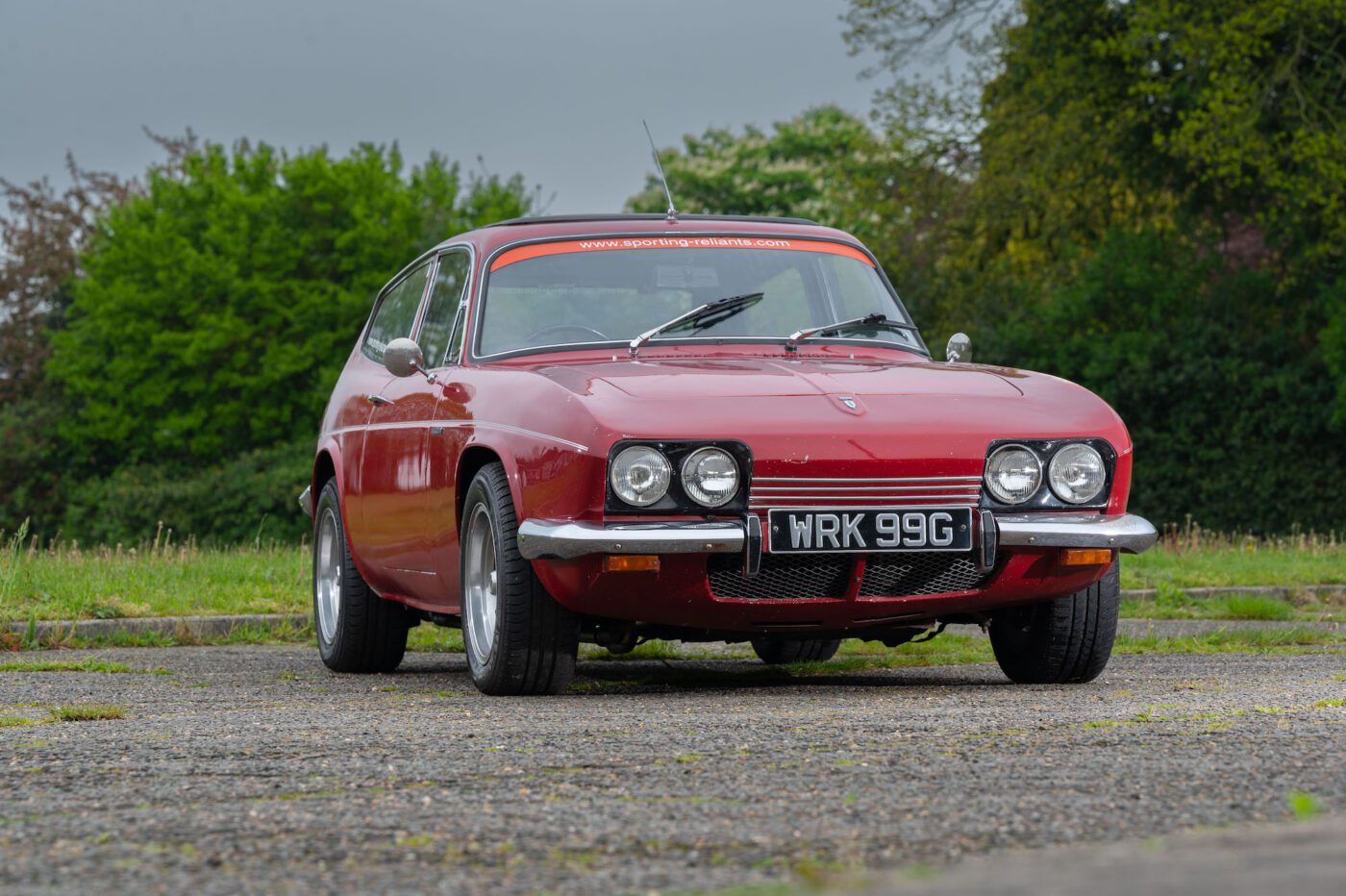
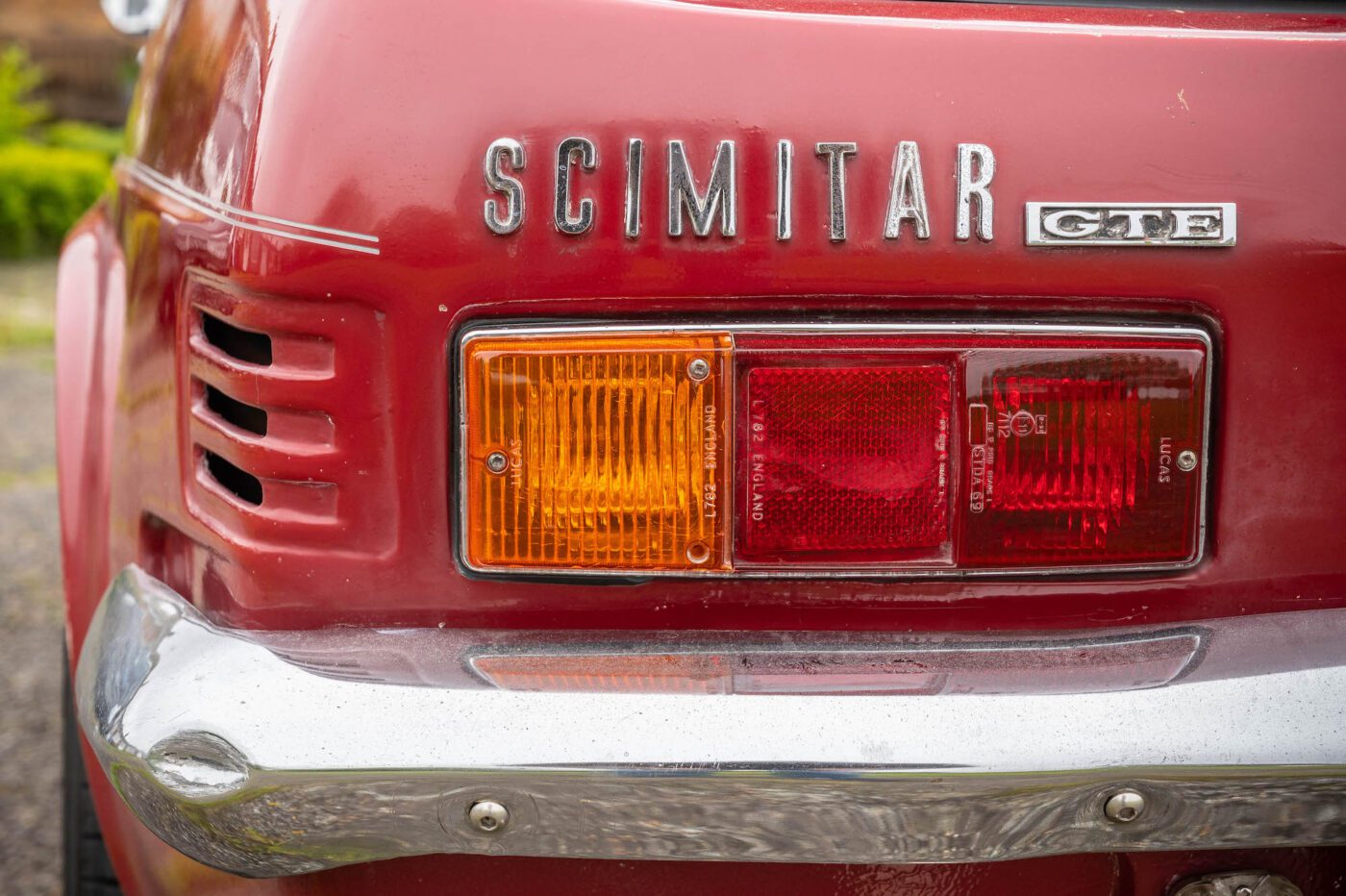
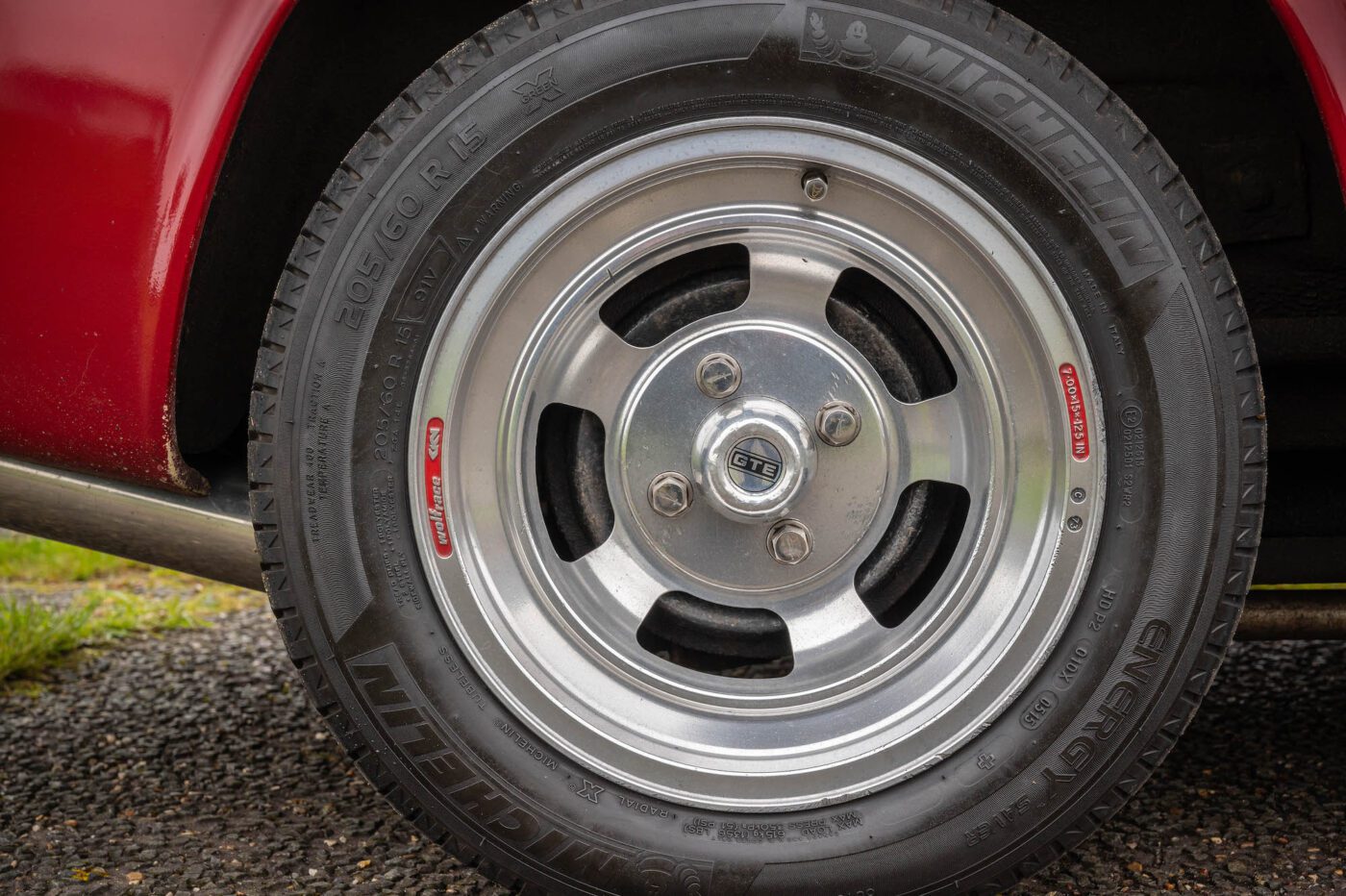
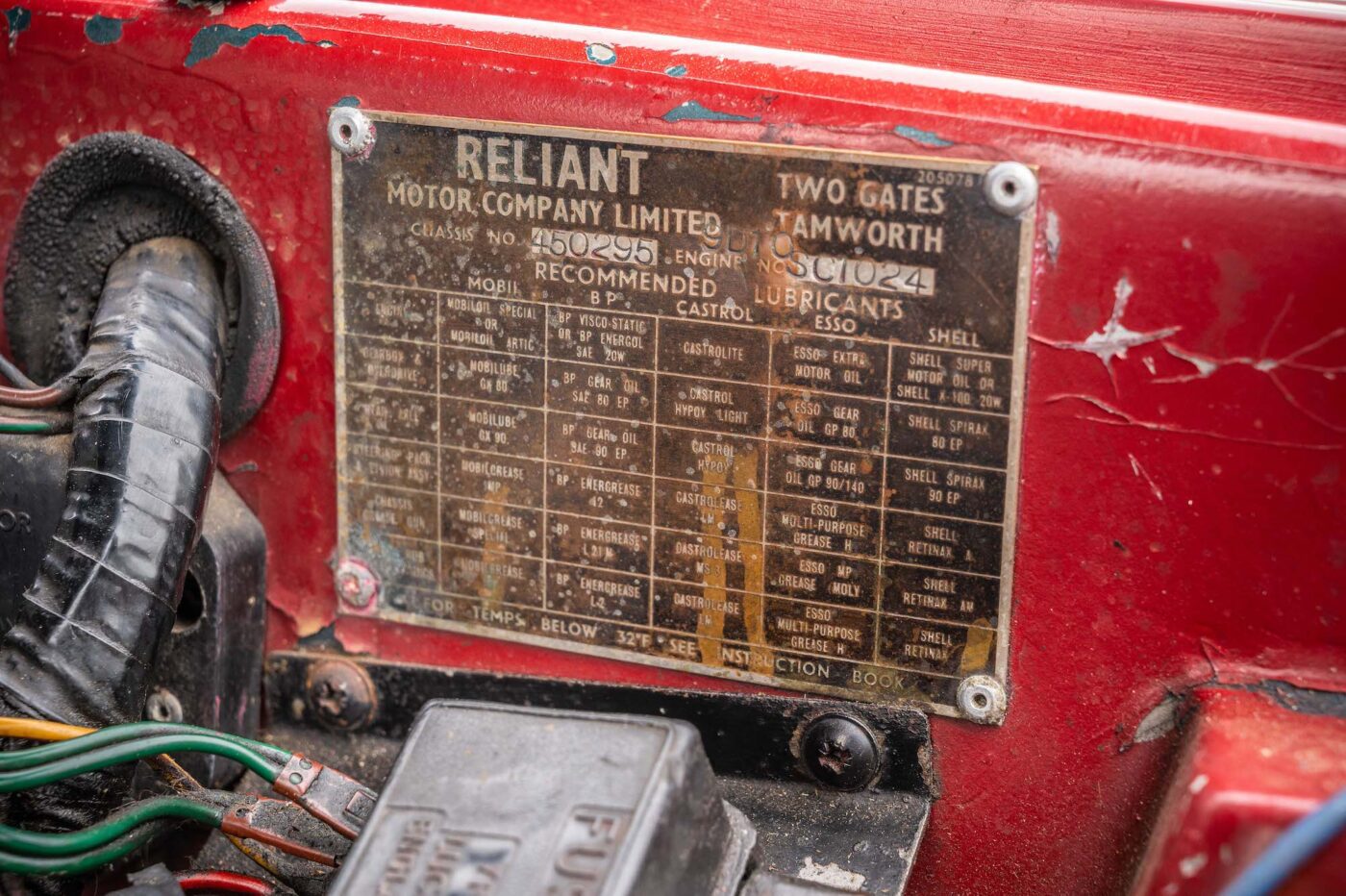
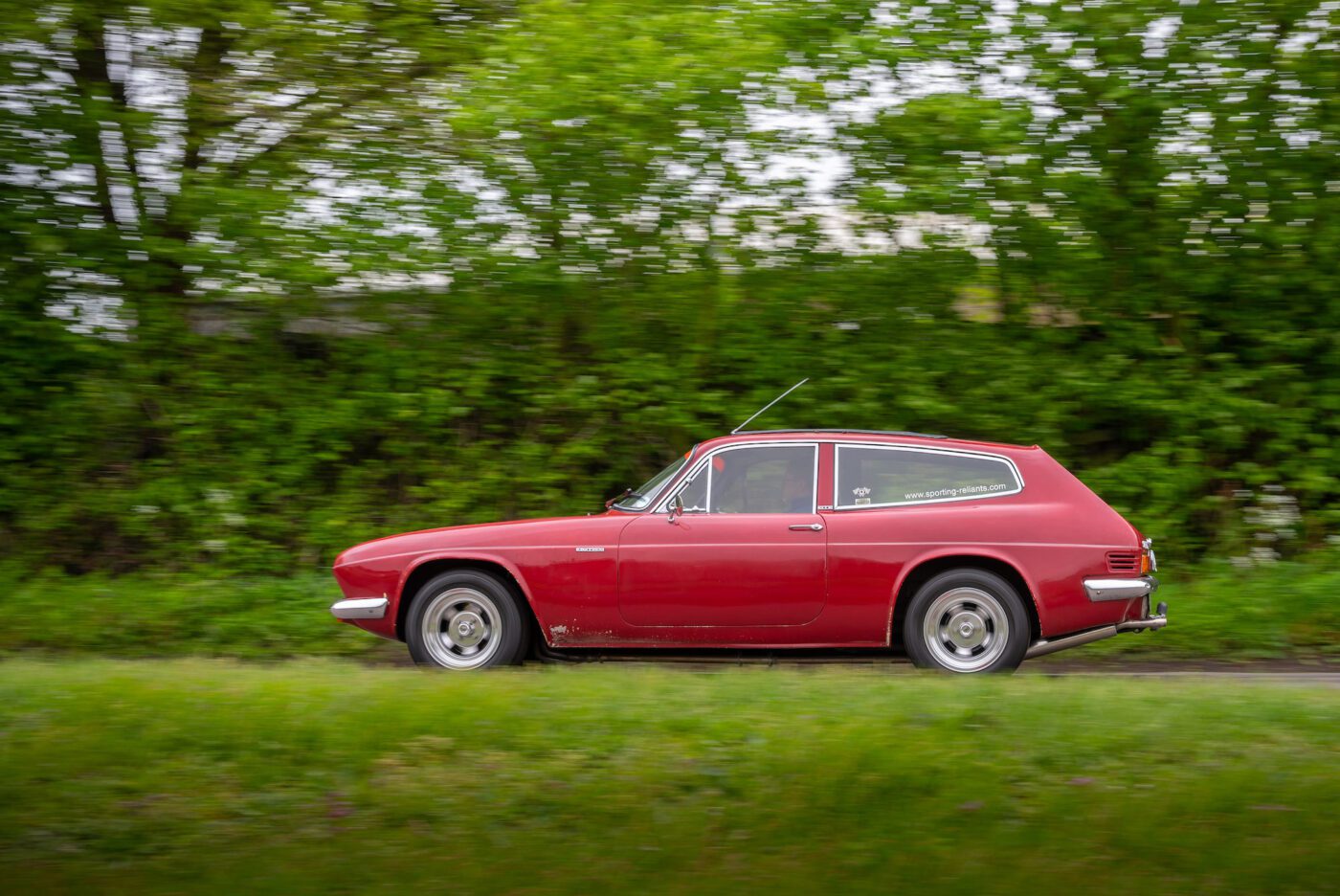
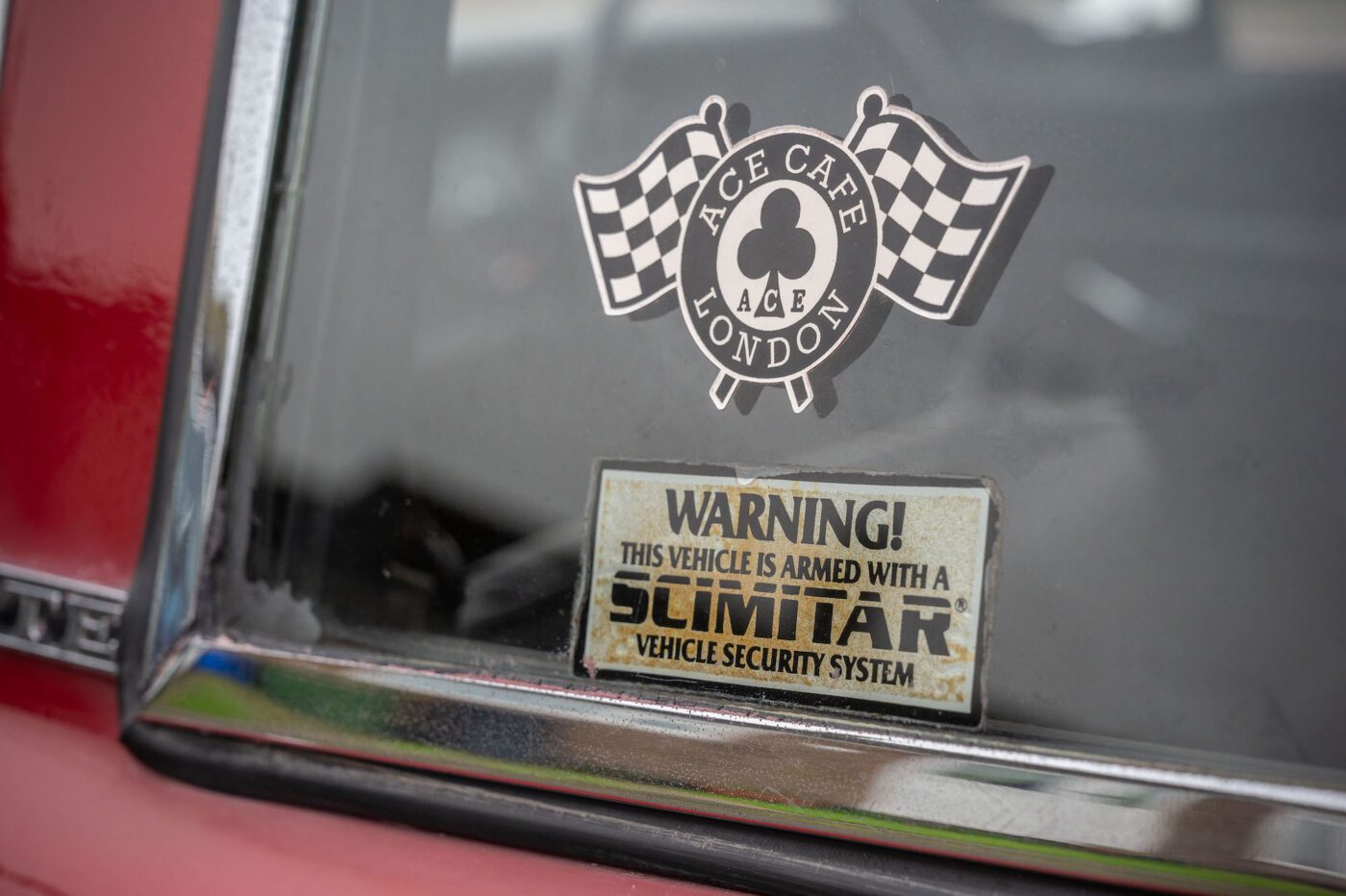
“Scimitars had always got a fairly good reputation for towing caravans, and I wanted a practical car. It’s sporty, it’s got four seats, an estate loading area, and a full length Webasto sunroof – the next best thing to a convertible. It was a bit of an amalgamation of everything, which I really liked.
“My dad was saying to me ‘whatever you do, don’t go out and buy the first one you see, go and look at more’ – typical safe advice that your dad would like you to follow.
“But when I saw the car I just thought ‘it’s perfect for me’. I just fell in love with it, took it for a road test and thought it was fabulous – there was something about it that hooked me.”
After parting with about £1,500, Dave came home with Reliant Scimitar number 295 of the 4,269 SE5s built.
“The first 500 cars are the most collectable as they have certain unique differences from the rest of the production cars, such as a different petrol cap fitted vertically and a two-spoke steering wheel carried over from the earlier Scimitar GT SE4a series,” he says.
“The SE5 series GTEs are notorious for being noisy and quite a harsh ride. They’re more of a sporting car than the later SE6 series, which are longer, wider, have softer suspension and are quieter with a more plush interior, as they were aimed at more of the executive market”.
81.5% of customers could get a cheaper quote over the phone
Protect your car with tailor-made classic car insurance, including agreed value cover and discounts for limited mileage and owners club discounts

Almost immediately, Dave became immersed in the history of the cars and the sporting Reliants in general.
He quickly began to amass a huge collection of memorabilia and documents that spread across several rooms in his bungalow, appropriately named ‘Scimview’.
“It’s become a habit,” he says, with dozens of model Scimitars in a display cabinet in the couple’s lounge, and barely a room untouched by his love of the cars.
“I remember seeing my first model on eBay and I thought ‘that’s really rare’, so I bought it. I’ve seen so many since, but I keep buying them. There are different types – ones with a yellow interior, ones with orange interiors, one with eight spoke wheels, or 10 spoke wheels, lots of differences, but I’m one of those people that if I see one, I think ‘I want that – I haven’t got that in my collection’. I’m only limited by my budget!”
What Teresa calls the spare room, and Dave the ‘Reliant room’, is stuffed with more than 1,000 old motoring magazines containing road tests, press releases and photographs, newspapers, MIRA test reports, and old race programmes.
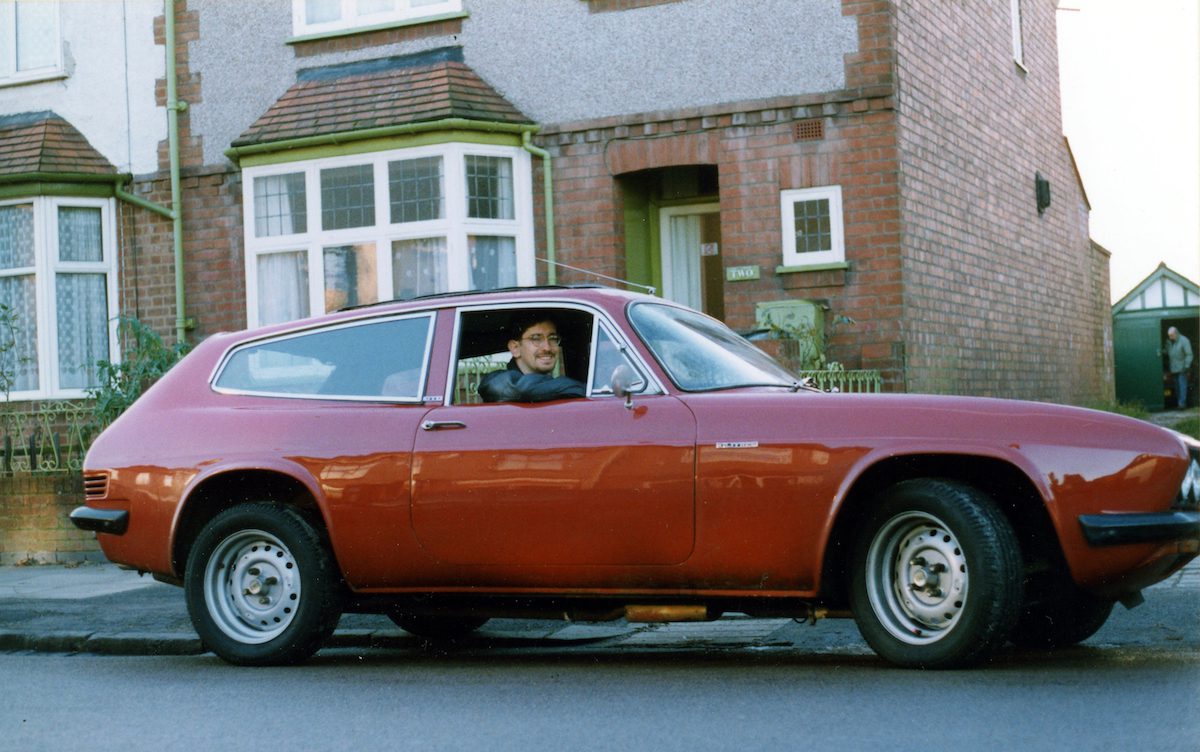
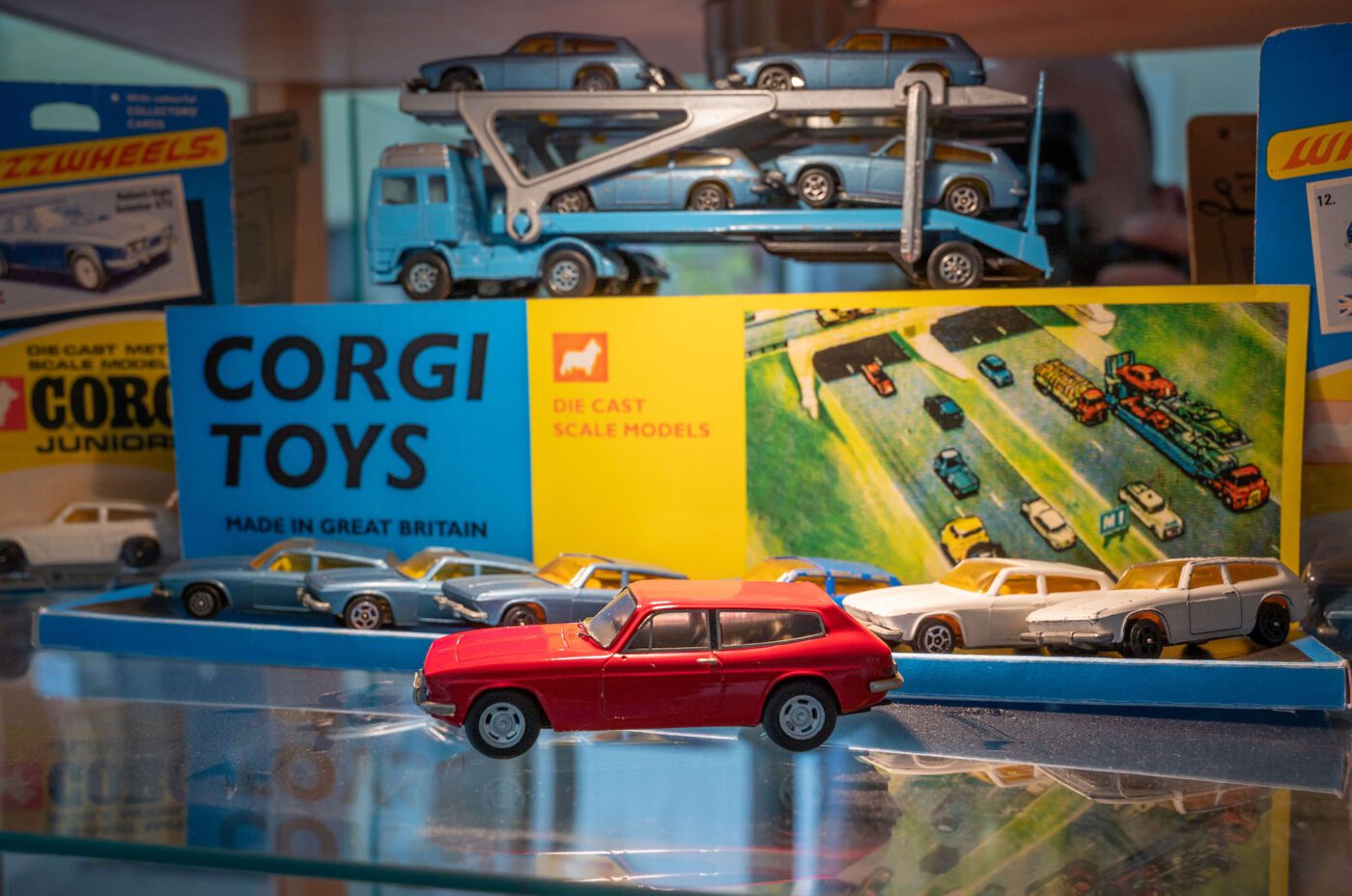
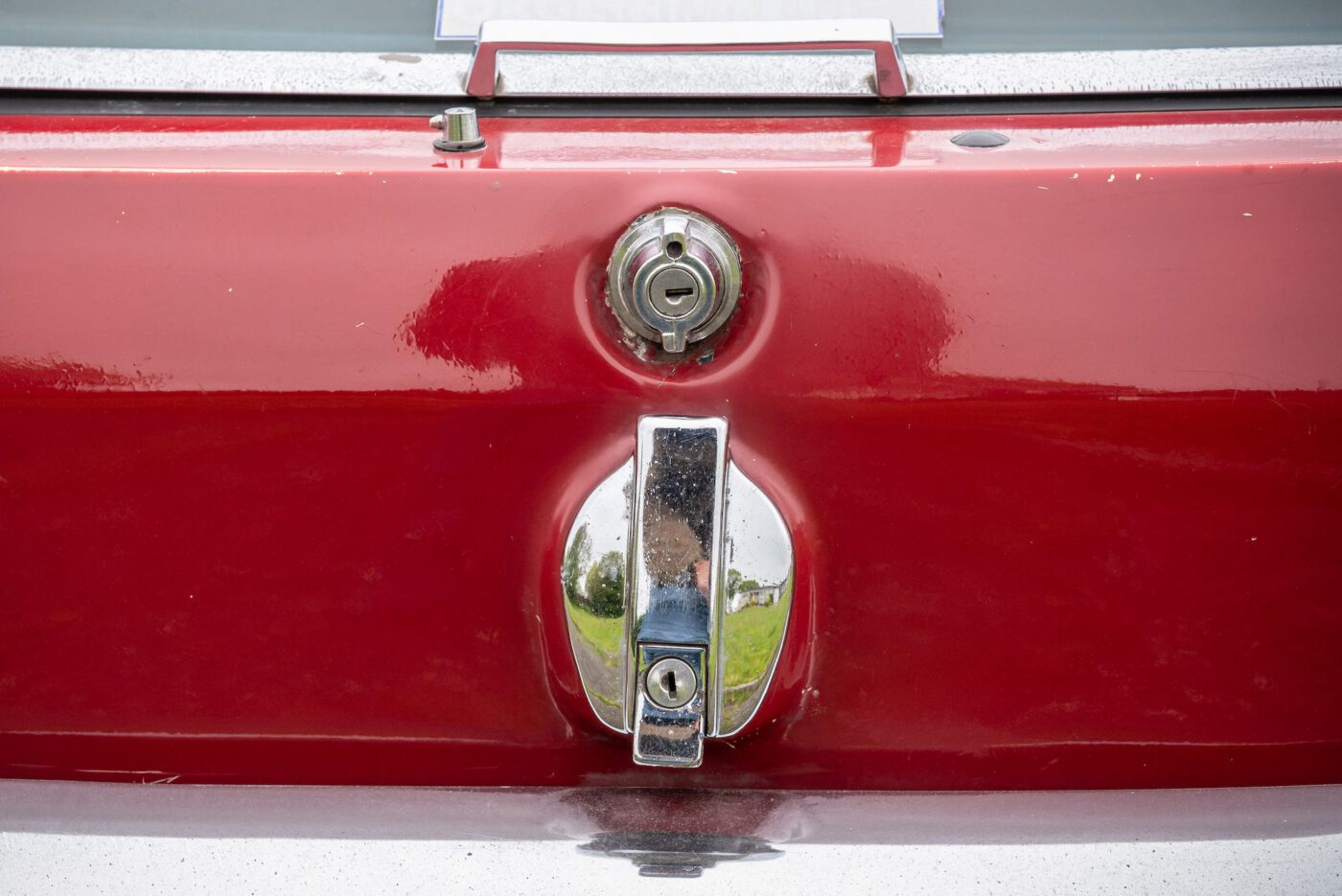
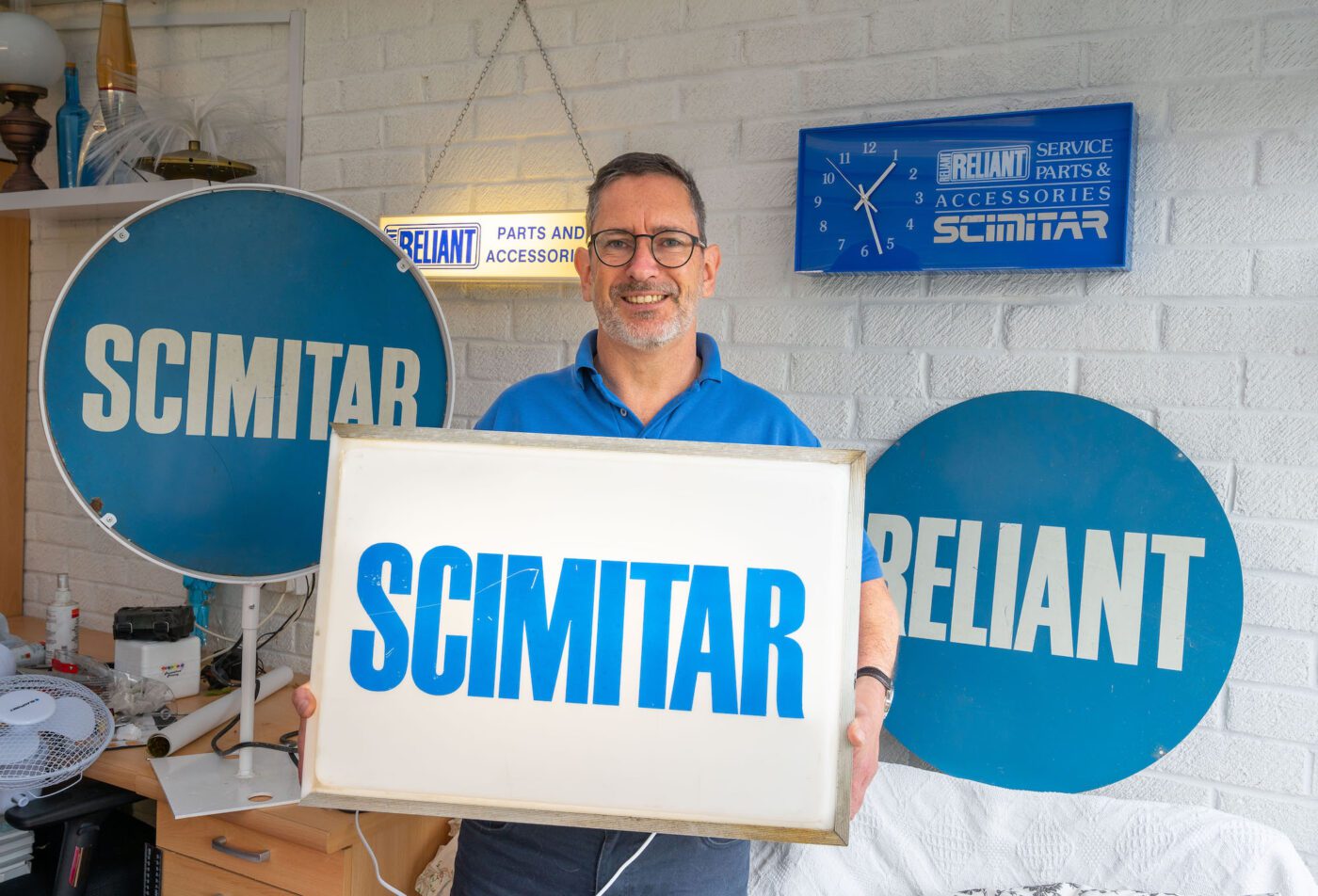
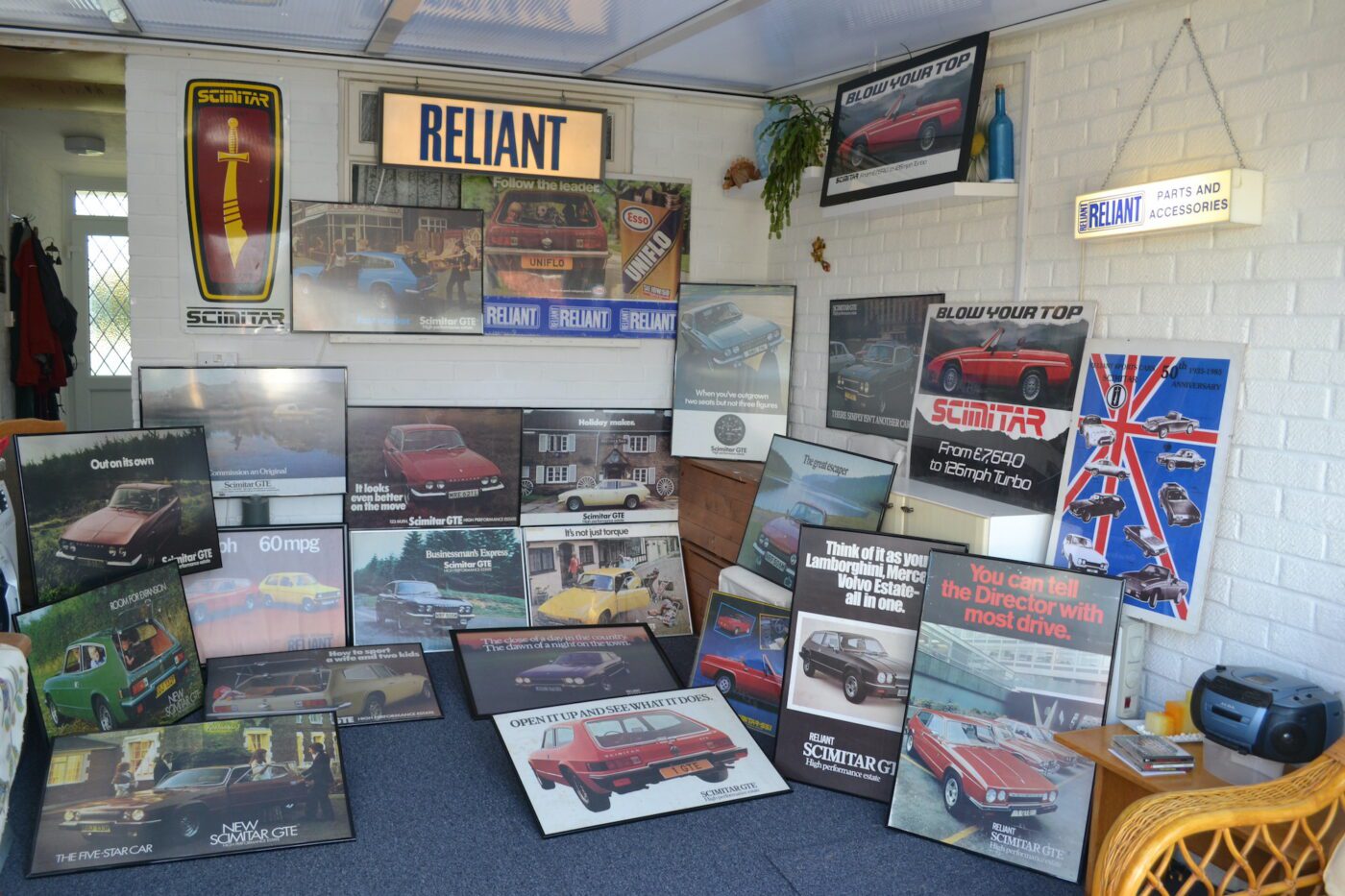
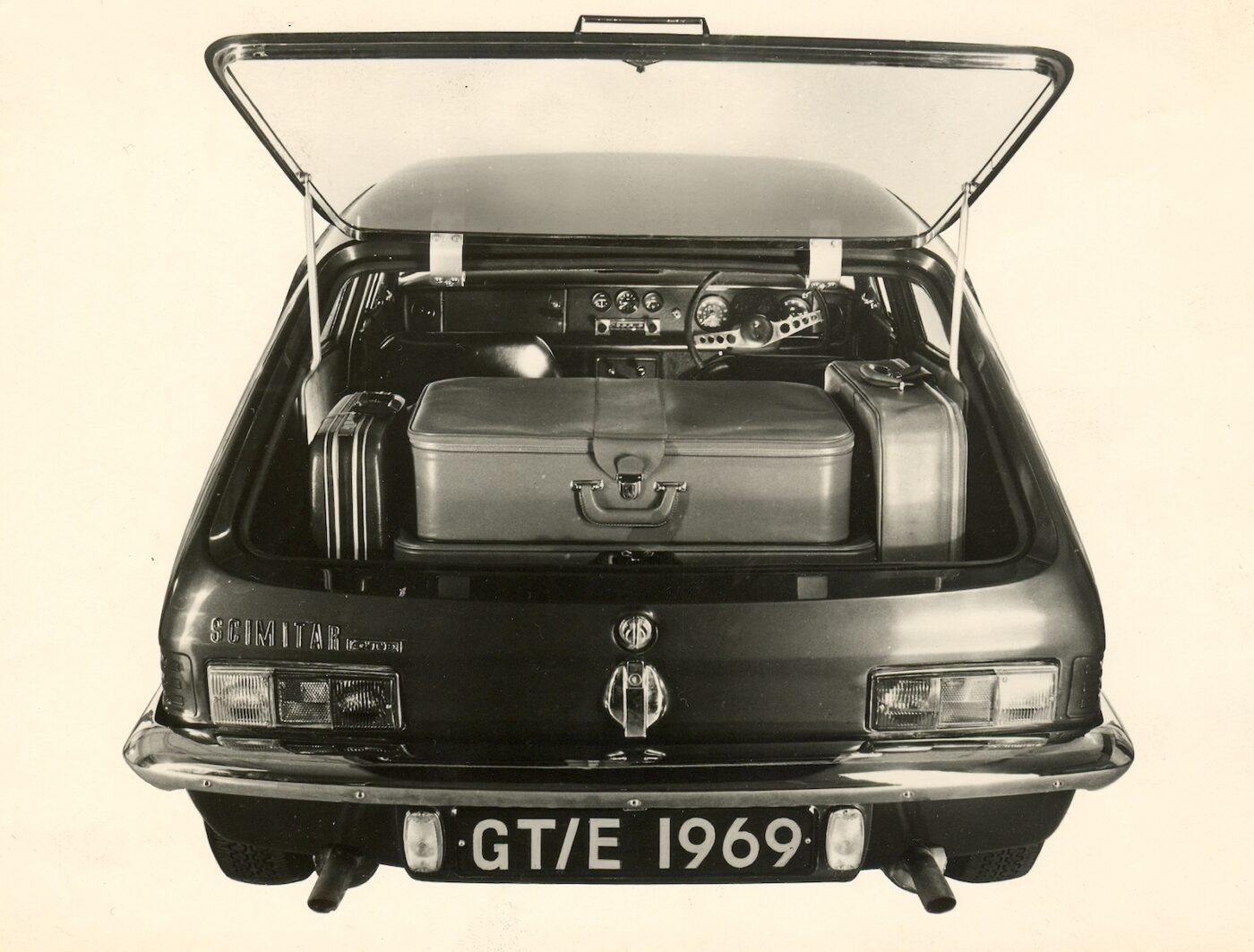
In other rooms there are original dealer signs and posters, bonnet badges, key rings, t-shirts, a Reliant dealer’s clock, and even the original motor show sign for the launch of the Scimitar SS1.
After reading about the car’s history in the late Don Pither’s book, The Scimitar and its Forebears, Dave was moved to launch a website – Sporting Reliants – in 2004 to gather all the information he could find about the marque and its often forgotten motorsport legacy.
“I didn’t know about the marque’s motorsport connections – the RAC Rally, the Alpine Rally, and they tried to get one to go to Le Mans,” he says.
“These things weren’t very well publicised, other than in this one book, so I set up a little website and every time I found out a little bit of information I used to add things to the website to tell people more about Reliants.”
As for the car itself, originally Caribbean Green but resprayed Vauxhall Mexico red a decade before Dave bought it, it was his daily driver for about six years.
Powered by Ford’s 3-litre V6 Essex engine, Dave put its pulling power to good use by towing a Swift Corniche caravan on holidays with his cousins all over the UK.
READ MORE ABOUT SOME OF OUR GREATEST CLASSIC CARS WITH

A series of articles on our Cult Classics site.
“There were five of us and they’d all got modern cars and I’d turn up in this,” he says. “The Swift was just about the limit of the car’s towing capacity, but I never had any problems – it was great fun to tow with, a good workhorse.”
But there came a point when Dave, who was doing fairly high mileage at the time, decided that the Scimitar was no longer the right car for daily use.
“It wasn’t a great car for me to use every day, especially through the winter,” he says. “It wasn’t fun – when it was cold the heater was just blowing warm air on the back of your hand, so I got a more practical car so I could retire it a bit.”
Not long into its semi-retirement, disaster struck when Dave sent the car to have unleaded valve seats fitted.
“Unfortunately on two occasions the valve seats fell out,” he says. “The first time I got away with it, I took the car back and they repaired it, but about two months later my perfectly lovely original engine got written off because the ring of the valve seat had dropped out and embedded itself in the top of the piston. It had damaged the head, and gone up and down the bores, which were a real mess.”
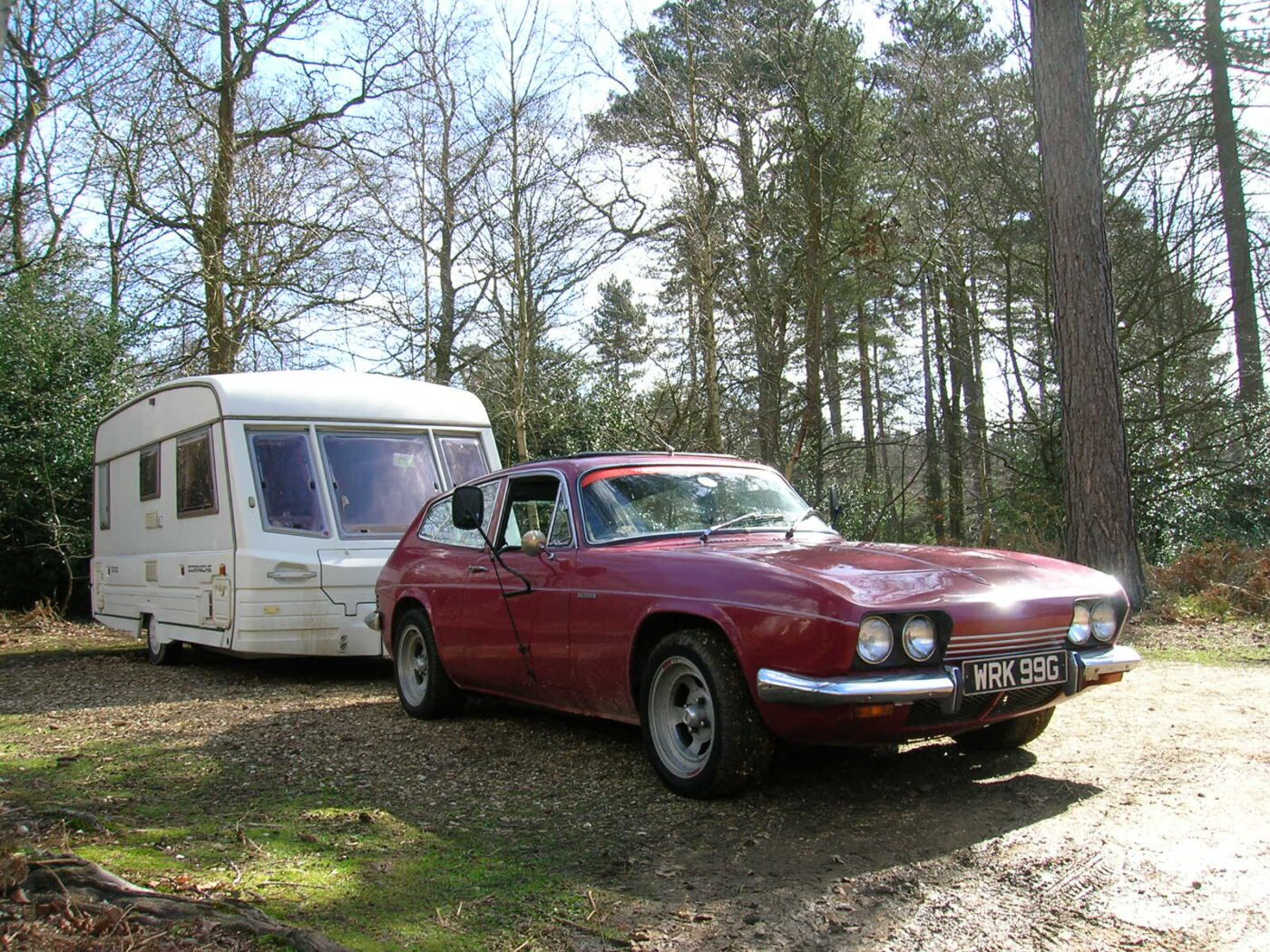
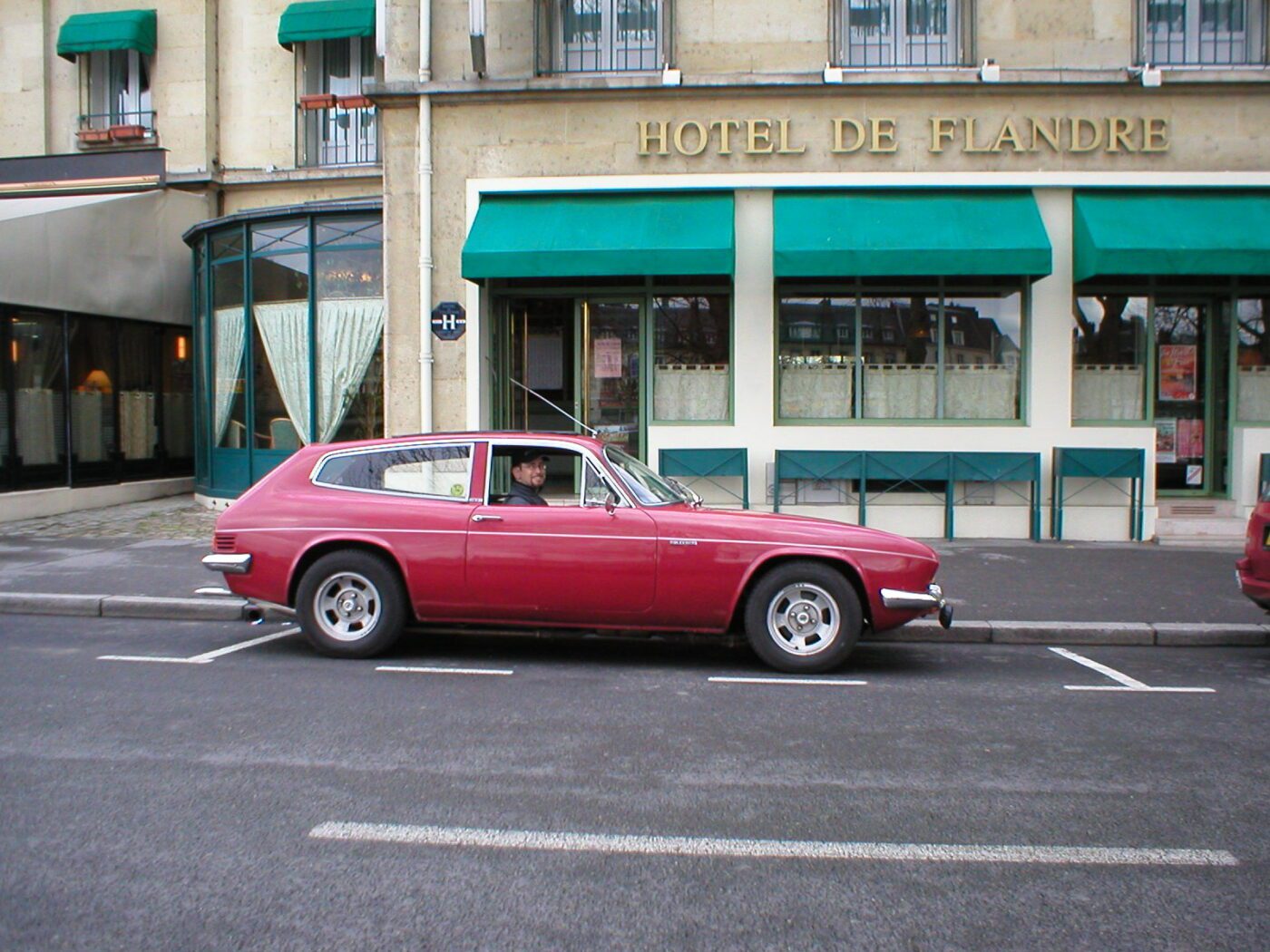
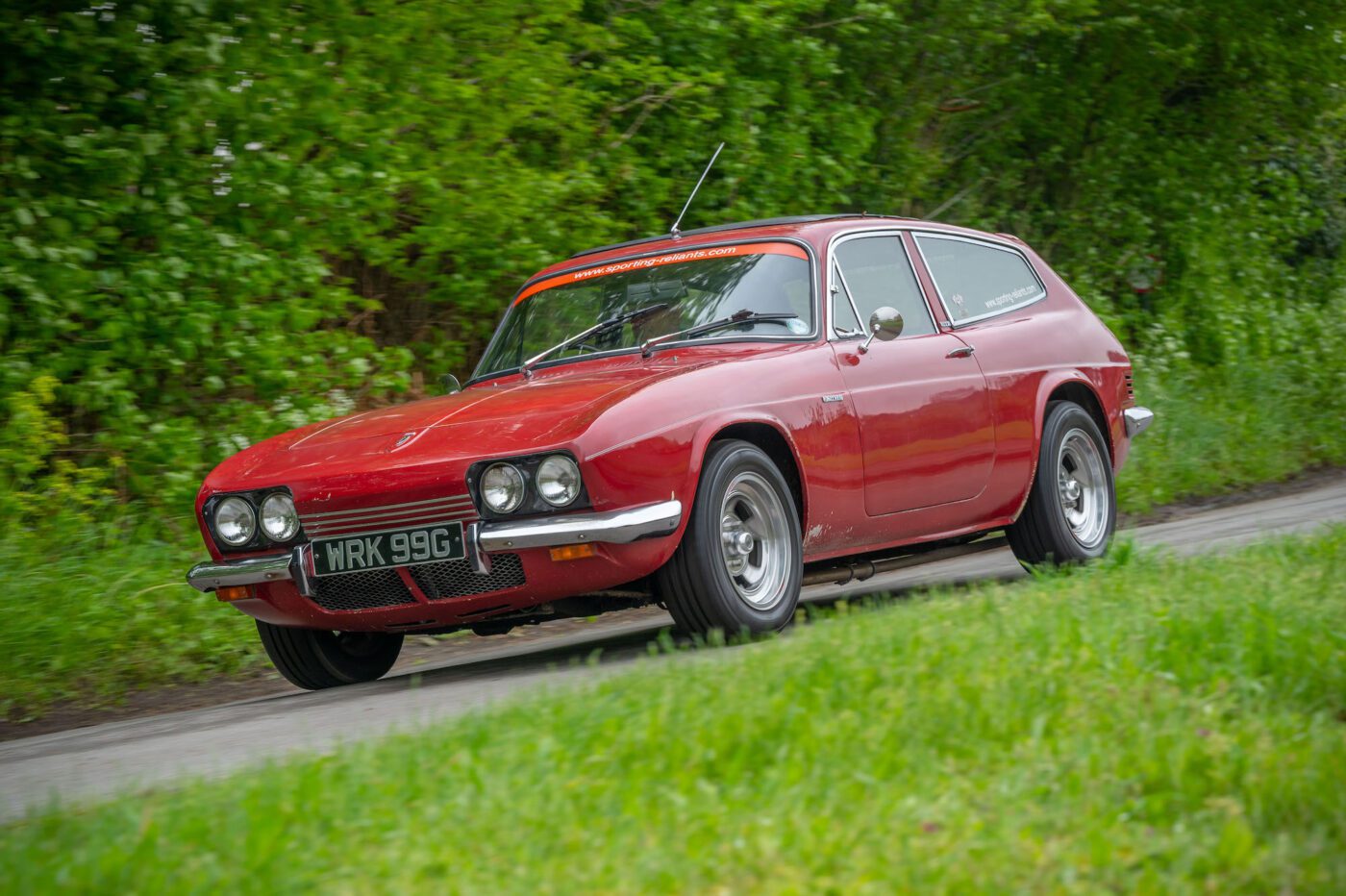
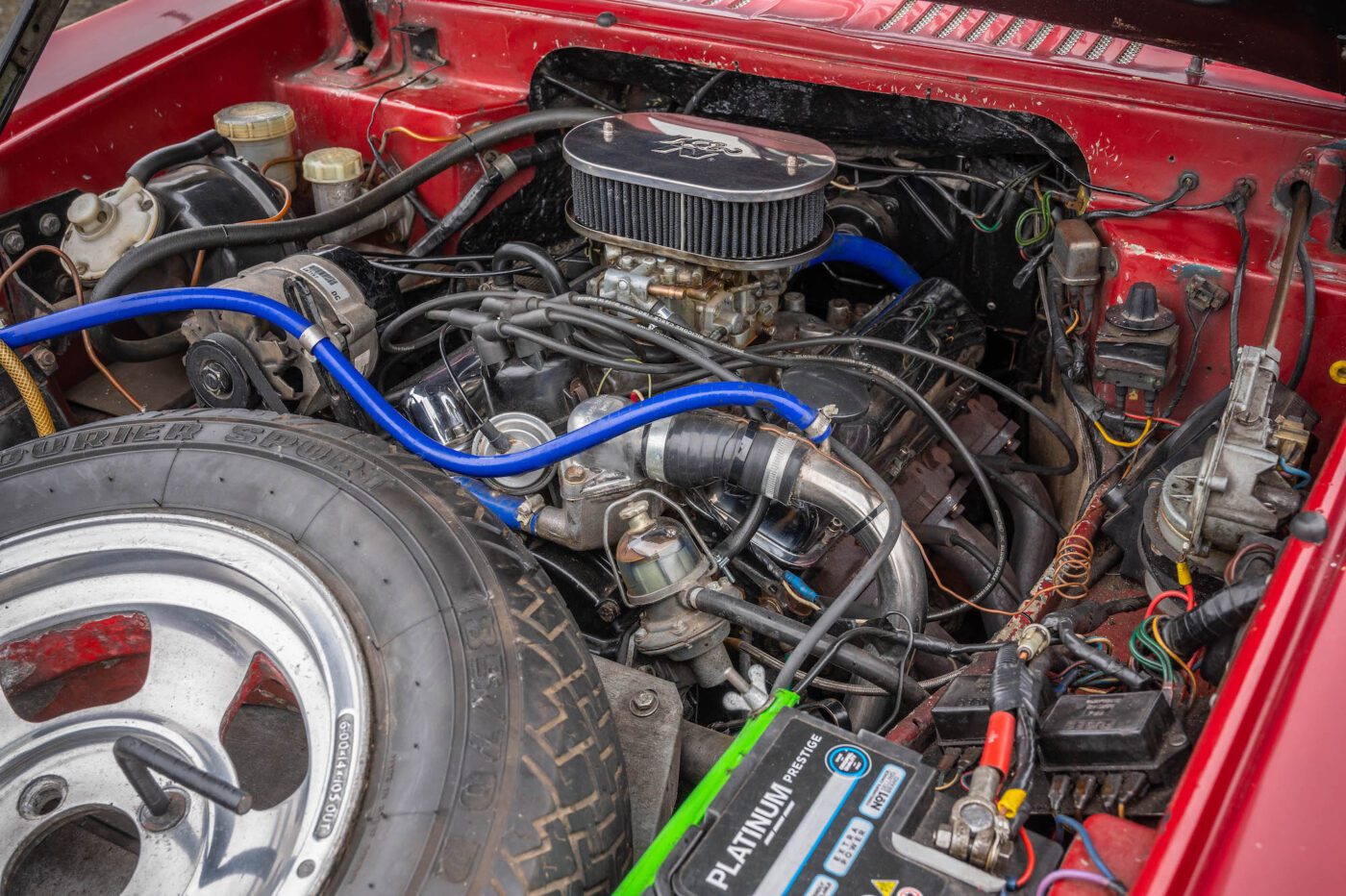
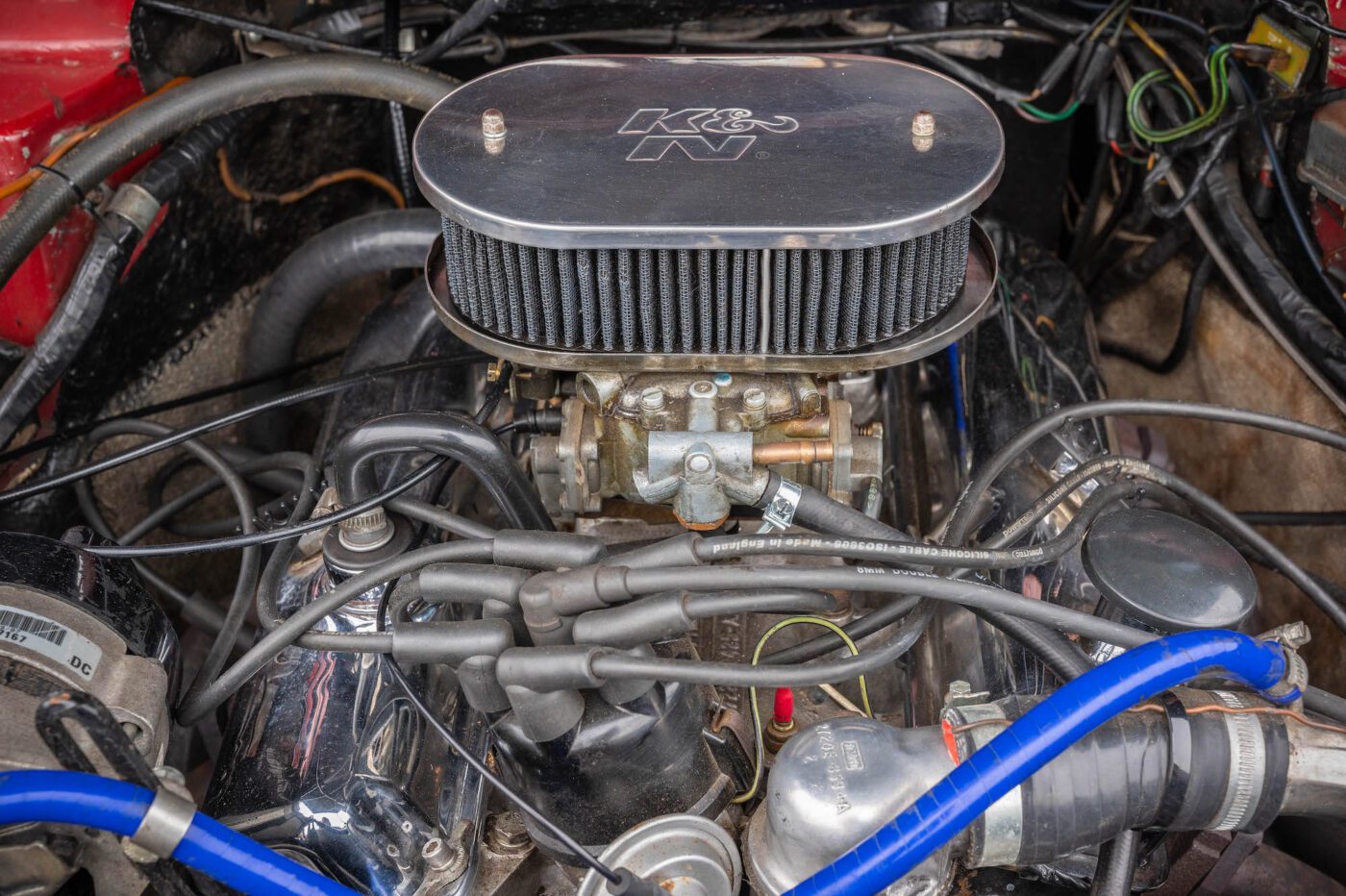
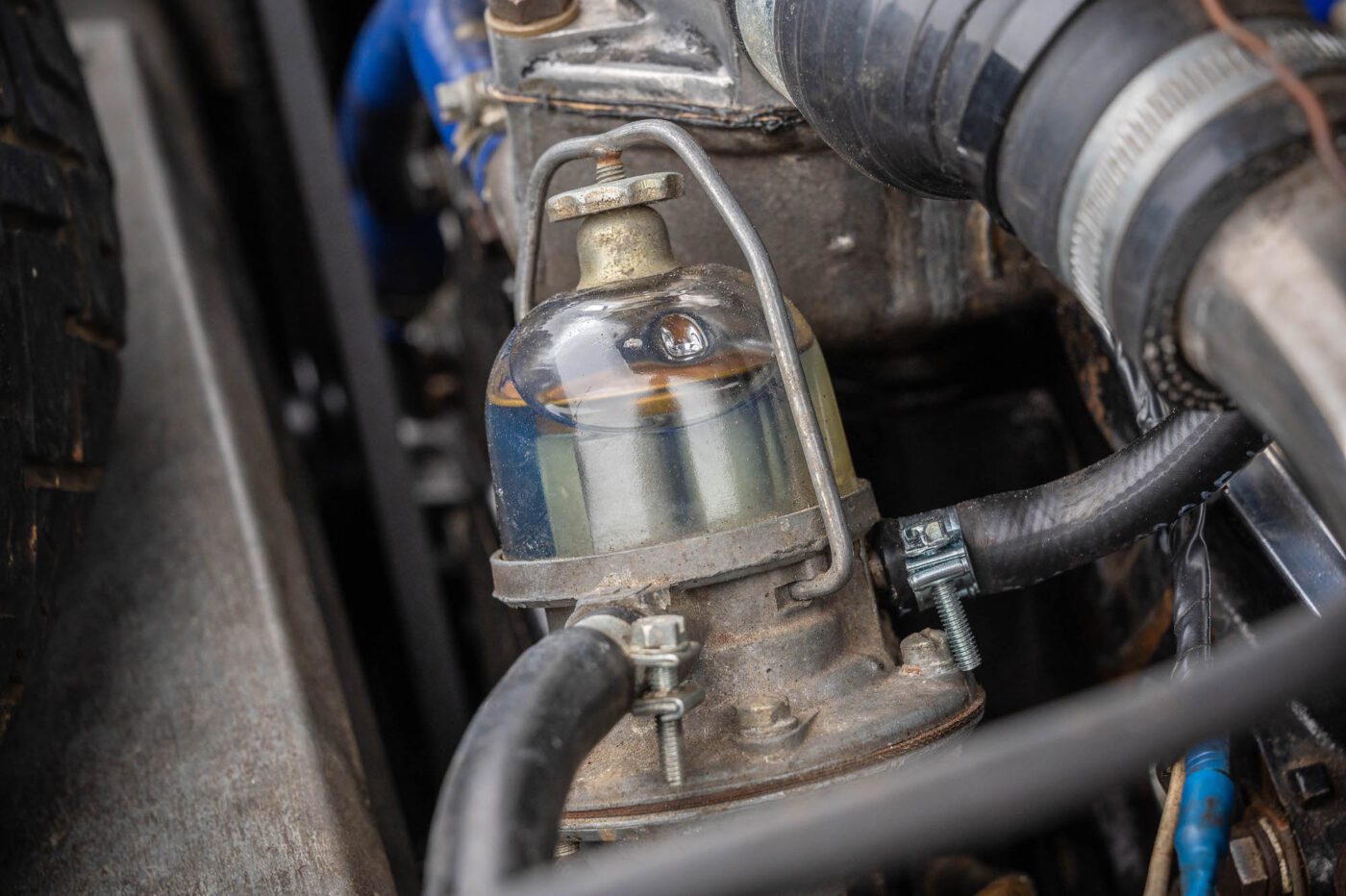
A slightly newer Essex V6 was sourced from eBay, as fitted to the SE5a and the 3-litre Ford Capri.
“It has what they call the D-port head, and is allegedly good for an extra 10-15bhp,” he says, adding a Kent V63 fast road cam and a K&N air filter.
“A friend came round and ported and polished all my heads and inlet manifold to match, but I’ve got the earlier timing cover on the front to make it look a bit more like the original engine.
“It’s still got the original fuel pump, what I call the ‘coffee percolator’ because you can often see that bubbling away when it’s hot. A lot of people change that for the metal type fuel pump.”
As well as the annual trip to Curborough, the Scimitar has carried Dave and, since 2012, Teresa all over the country on holidays and to club meetings, from Derbyshire to Chester and Stonehenge to track days at Snetterton.
“It still gets used a lot, and we gave it a lot of stick at Snetterton, doing 100mph down the straights,” he says. “I think a few people in other cars were quite surprised, although there were Lotuses and things flying past us.
“Of course there’s no ABS, and then you realise you haven’t got very good brakes, plus you have to have muscles like Popeye to manhandle it round the corners.”
The paintwork remains the same from when Dave bought the car 25 years ago, but anyone who’s ever owned an older red car will know of one particular issue.
“It blooms in the summer,” he says, “and when you get a couple of hot days and it starts going white.
“So you have to polish it or cut it back, and I’m now polishing gelcoat in a few places!”
Despite this, he’s reluctant to spend the quoted £4,000 to £10,000 on a respray.
“It’s not cheap, and the car is well-used – I can use it to the shops, do our sprinting or test days, push it to its limits at Snetterton (pictured), and I don’t mind driving it anywhere,” he says. “I’m not too precious about it, but I’m always fearing if I do have it resprayed I’m going to be terrified of leaving it. And then you get a chip!
“My father restored a Mk2 Lotus Cortina but he was scared to death of driving it. He’d lost that enjoyment of a car that gets him from A to B and he was scared of anybody walking up to the car and leaning over it with a belt buckle. He almost became a nervous wreck, and he sold it shortly afterwards after all that hard work.”
Having dedicated so much of his life to the Reliant marque, in June 2022 Dave was given lifetime honorary membership of the RSSOC, for which he still acts as official archivist.
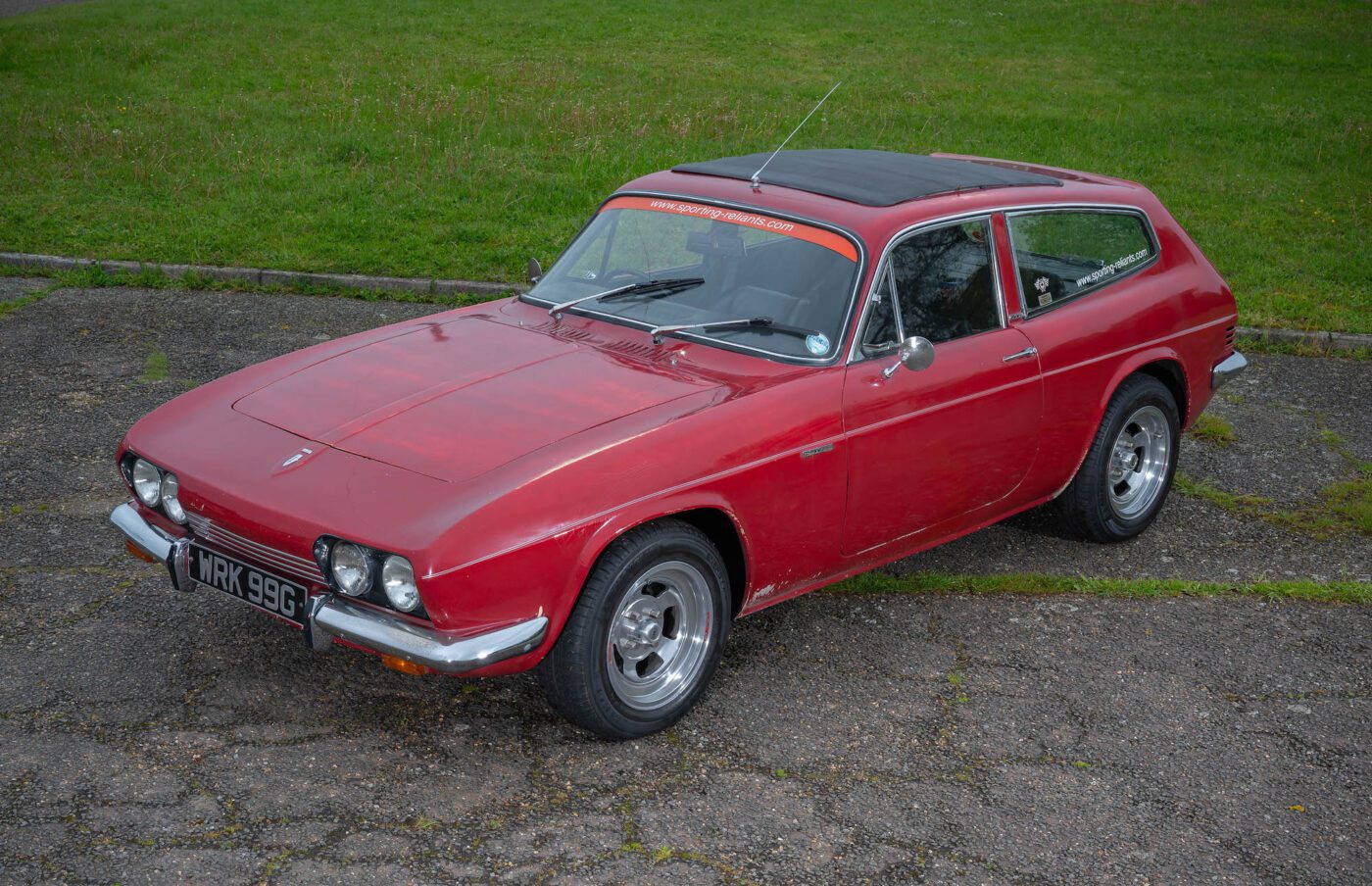
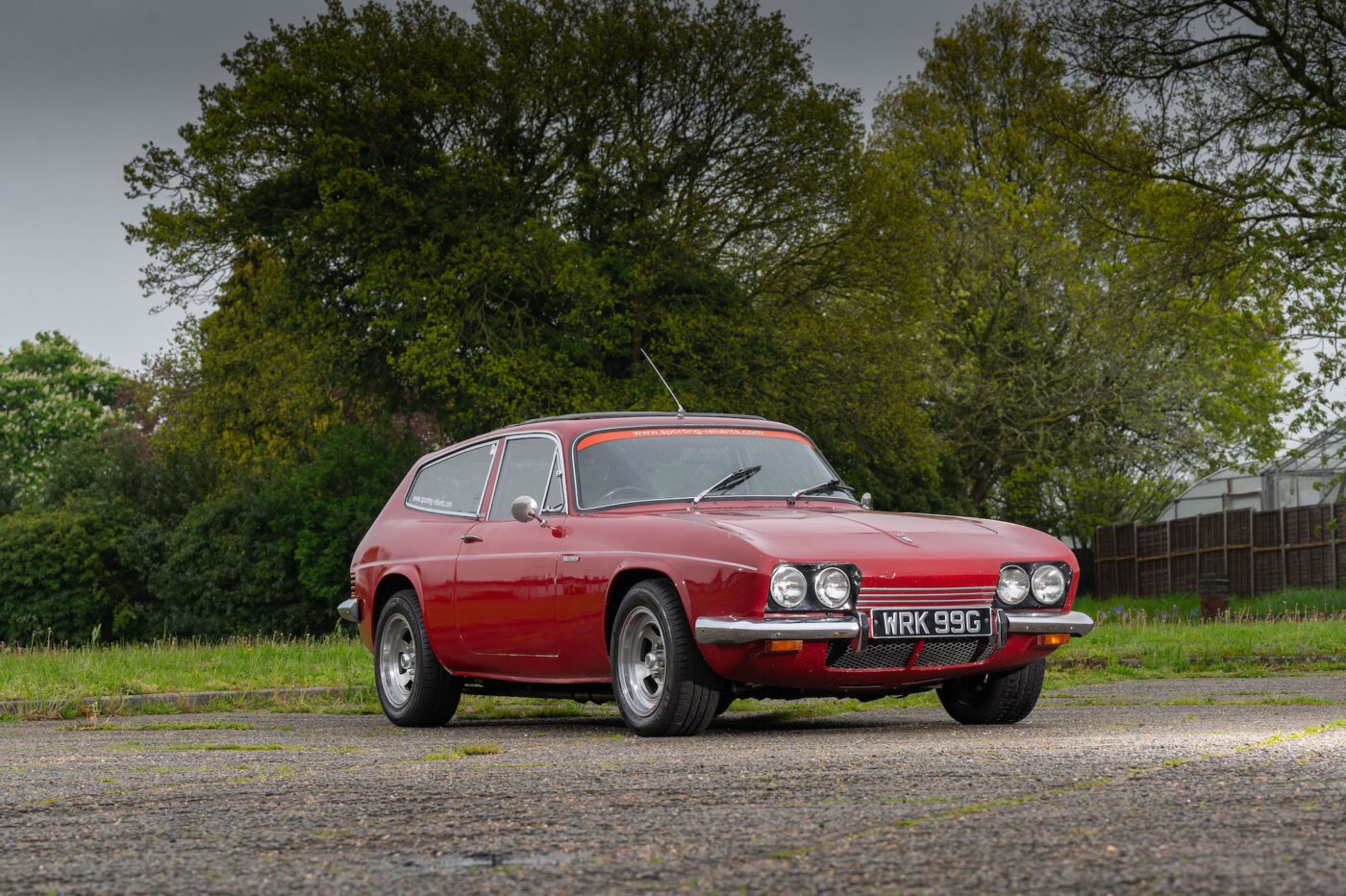
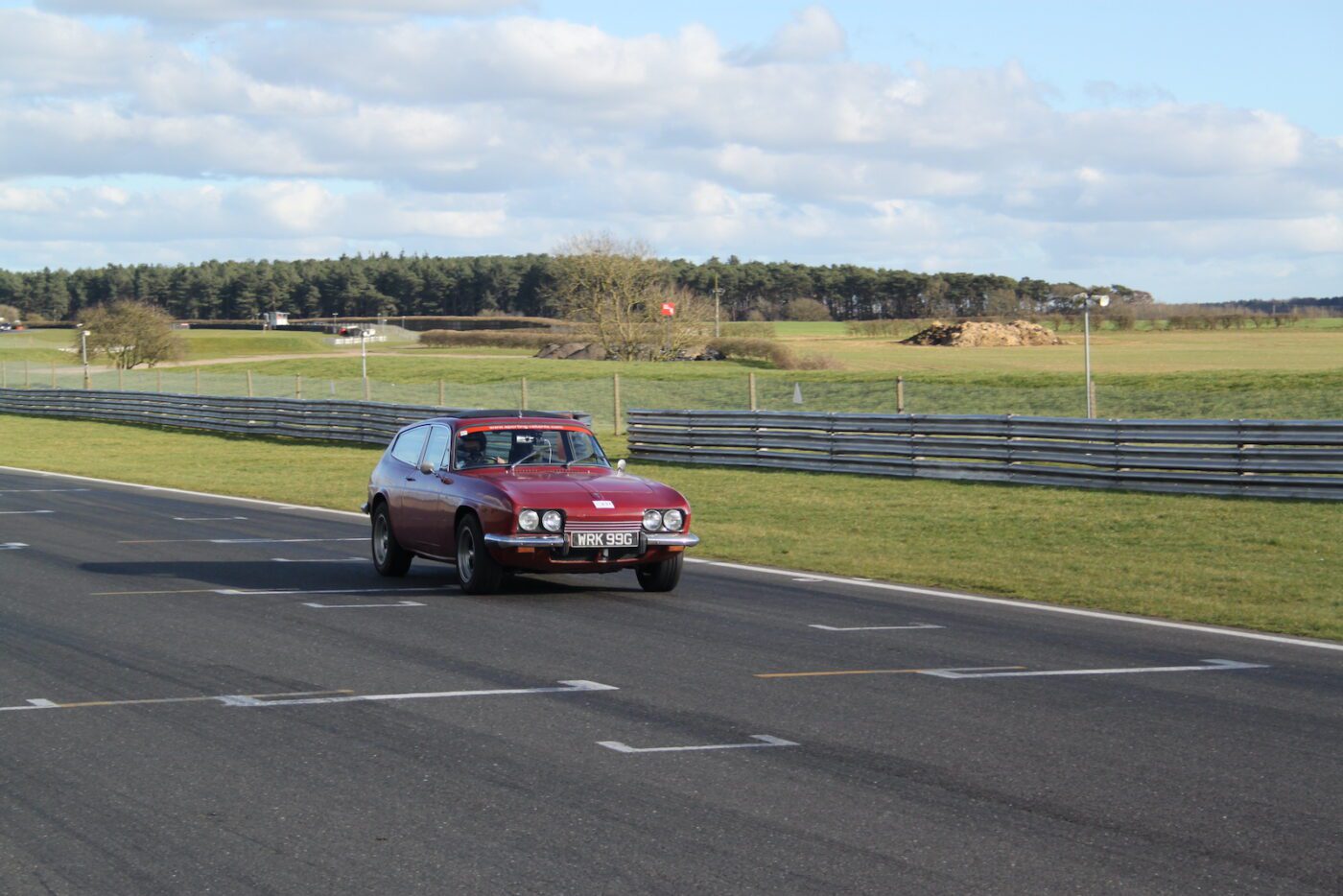
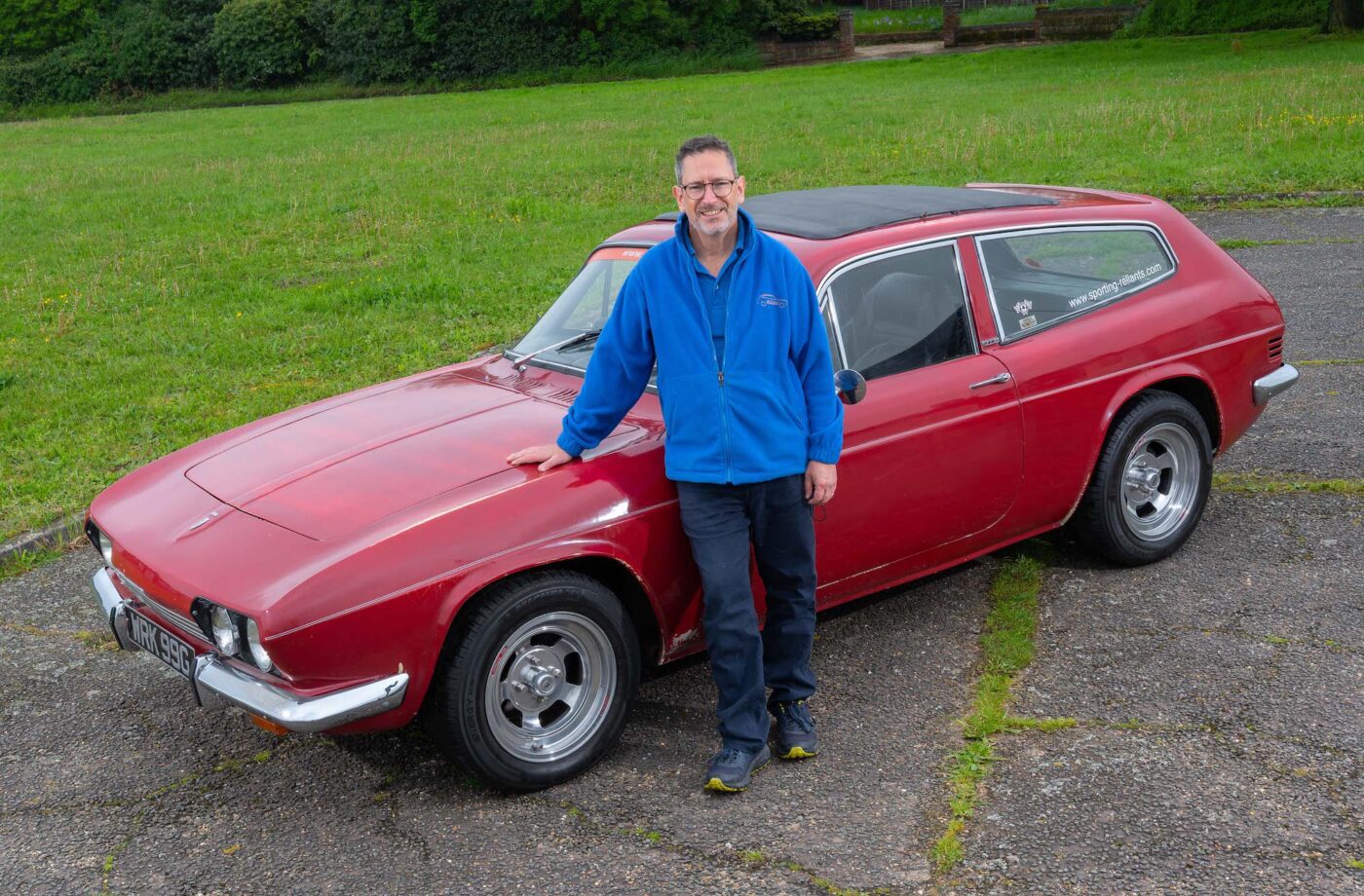
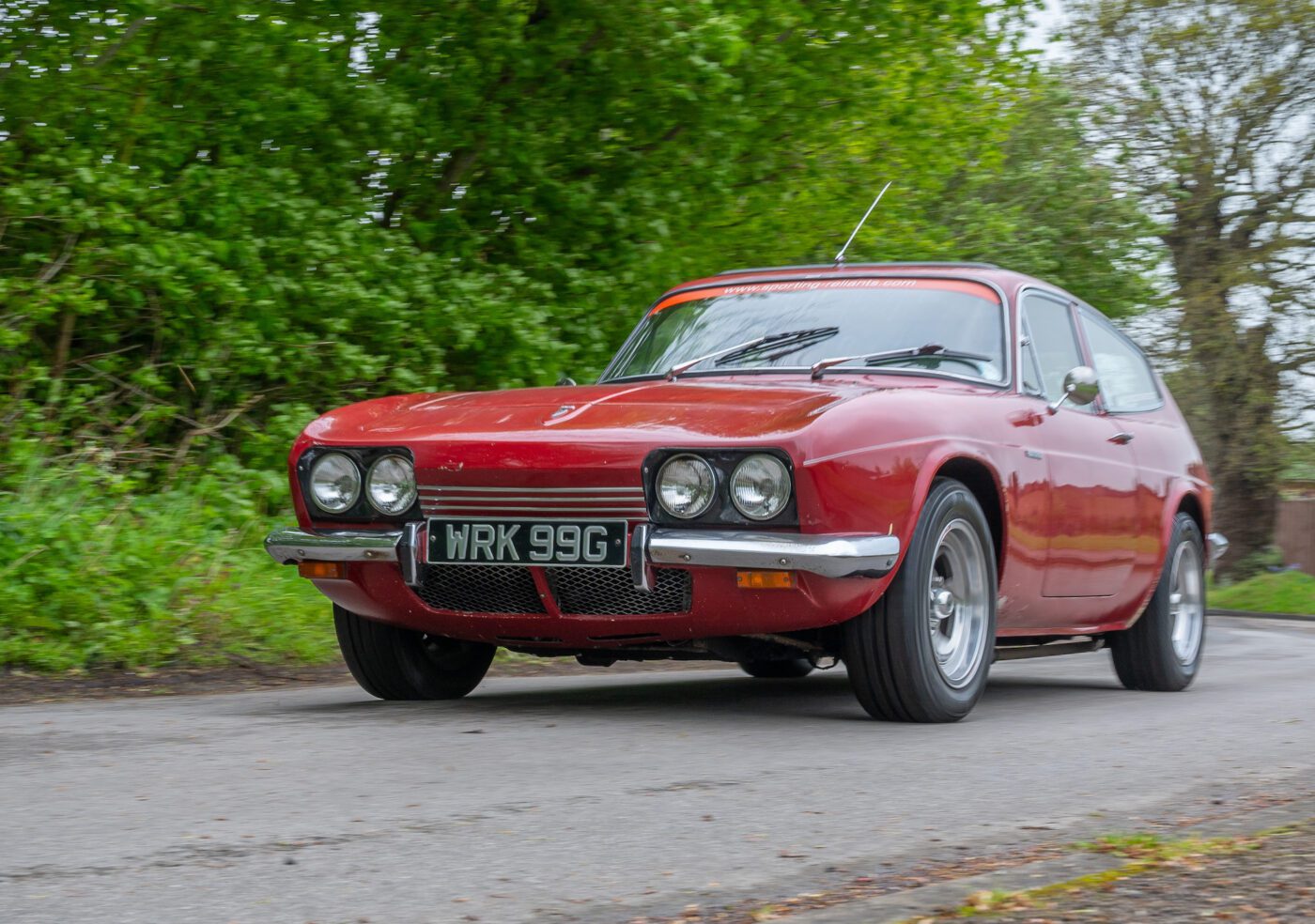
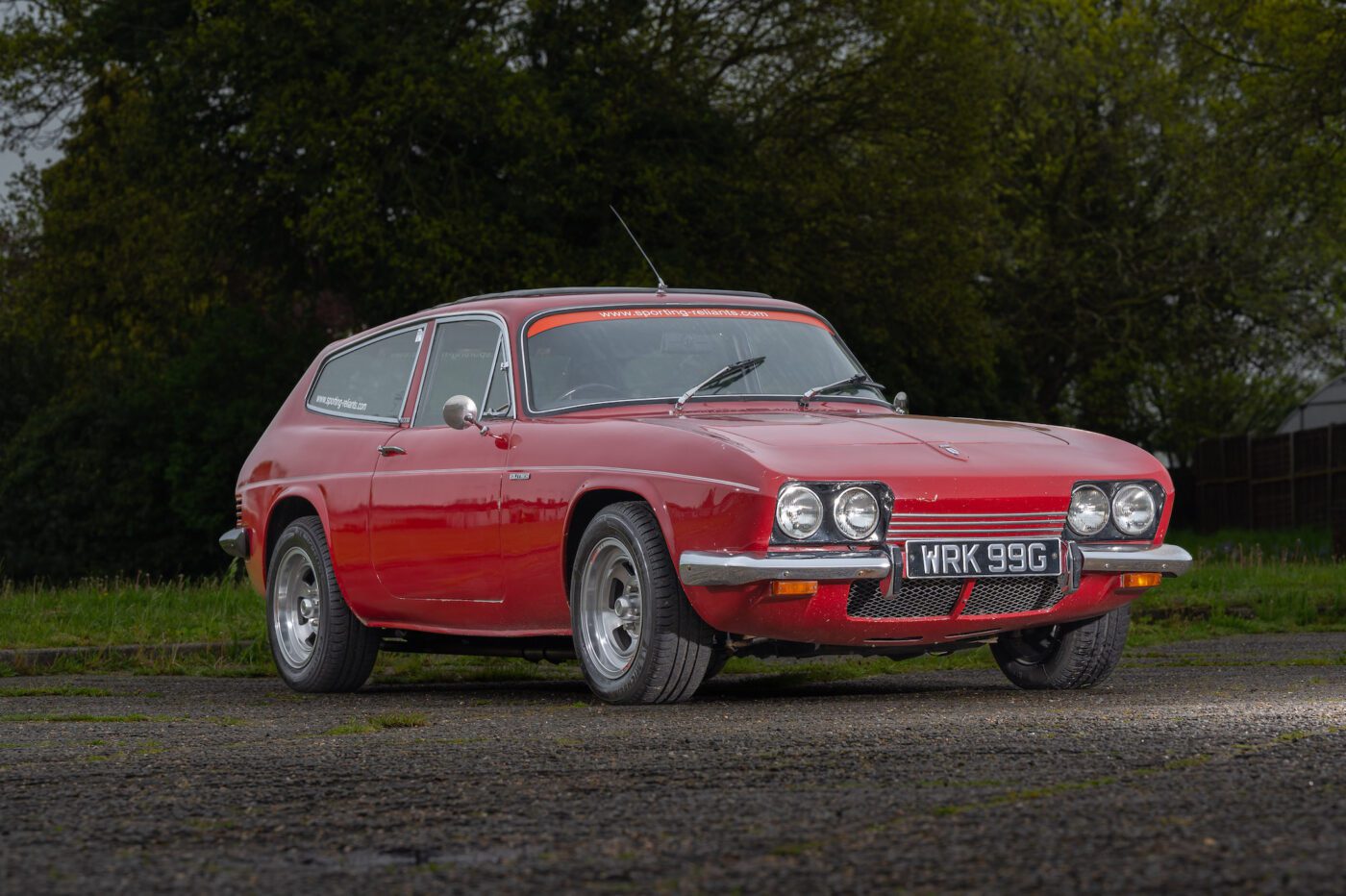
“It’s a fantastic network,” he says. “The club is really friendly and really helpful, we have our pubs meets once a month and I’ve made a lot of friends that we go and visit.
“The people I’ve met have changed my life dramatically over the years – they’ve given me so much confidence, and I’ve got a beautiful wife out of it.”
Unsurprisingly, he’s always ready to fight the Reliant corner.
“I think they’re vastly under-rated because of the Reliant name,” he adds. “Things like a Jaguar or Triumph or MG fetch much higher prices.
“You’ve got to look after it and maintain it – the trunnions always need greasing, things like that. But if you’re prepared to do the basics, it’s a really easy car to look after.
“It’s almost like we’ve got a little secret club. People tend to keep them for 30, 40 or 50 years, and I’d like to think that’s me in the future.”
The car is as much a part of the family as the couple’s English springer spaniel, called Sabre after Dave’s favourite Reliant sports car.
“I’ve always said that if I can’t get in and out or it doesn’t put a smile on my face, that’s the day I’ll put it up for sale,” he says. “But it’s become like my left leg now. I love it, it’s great, and it keeps me feeling alive.”

